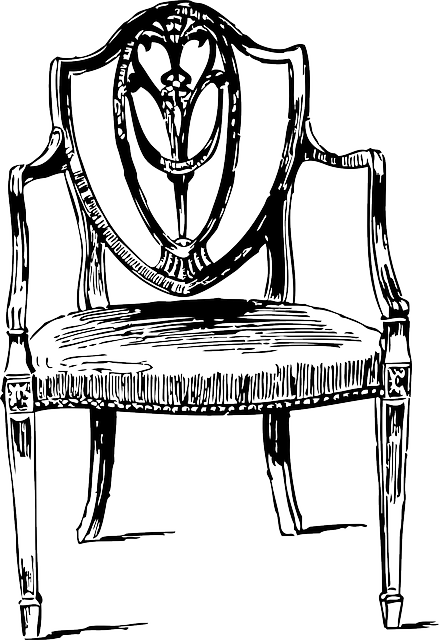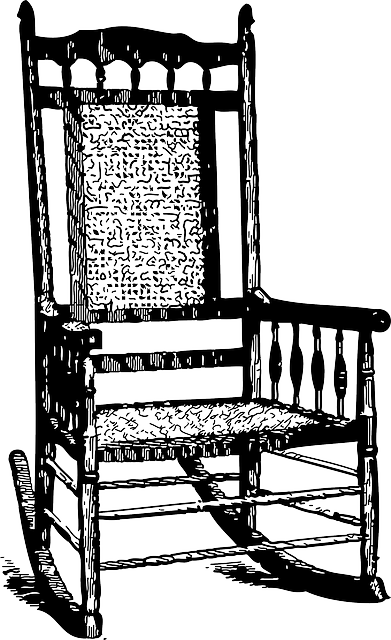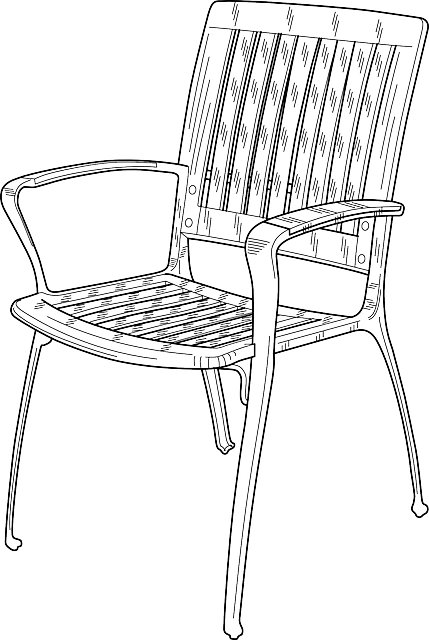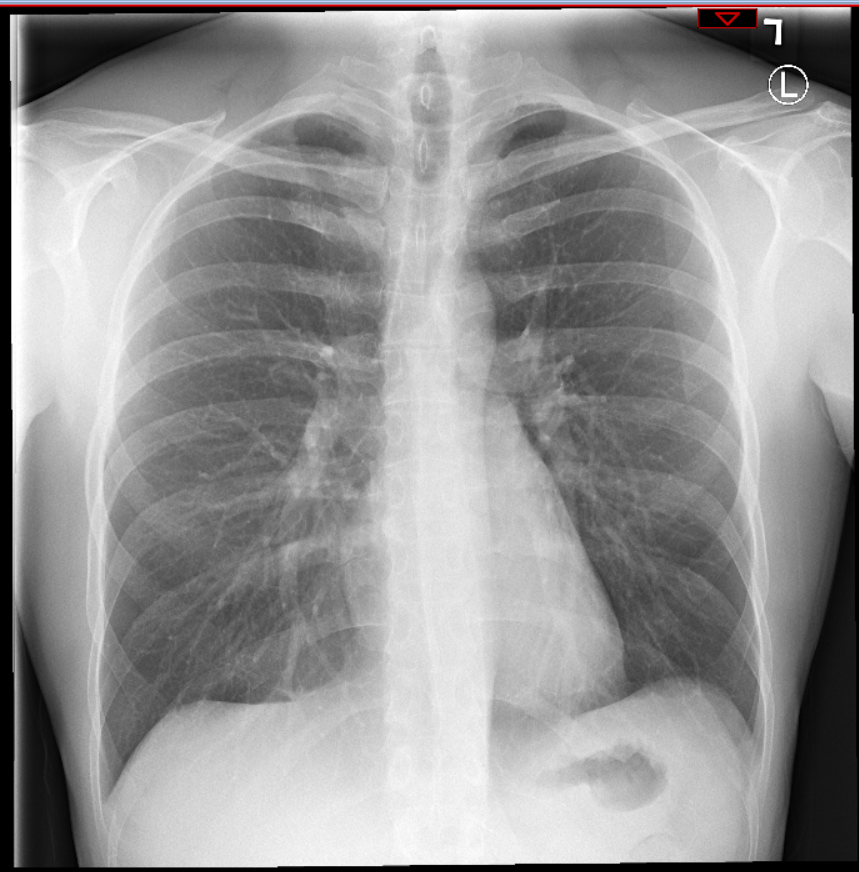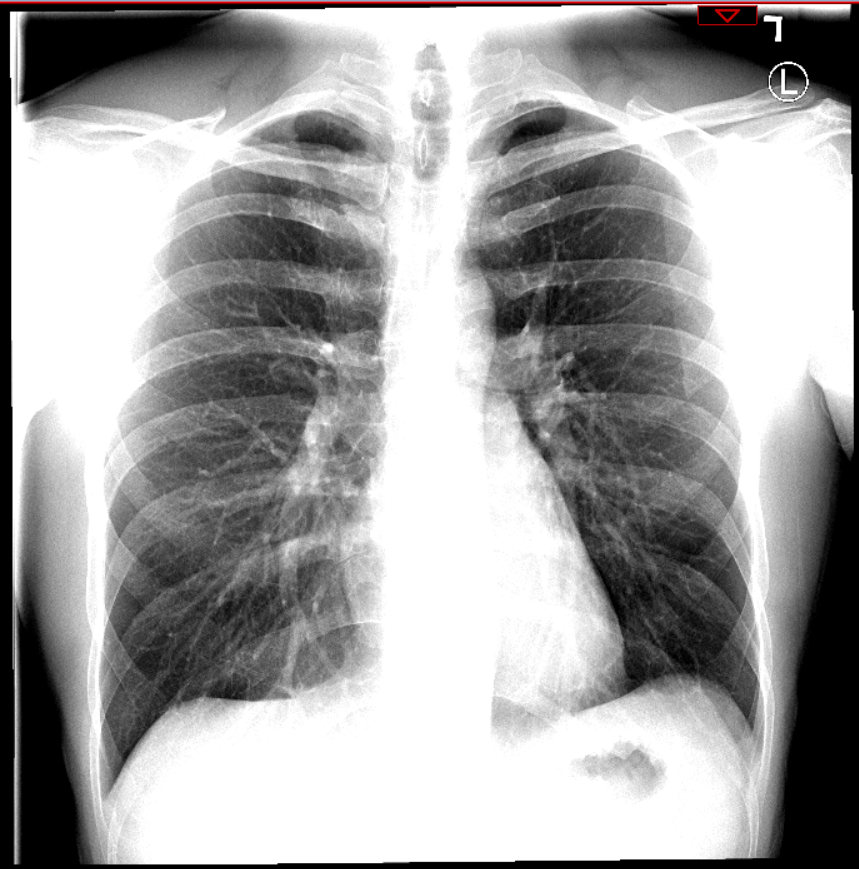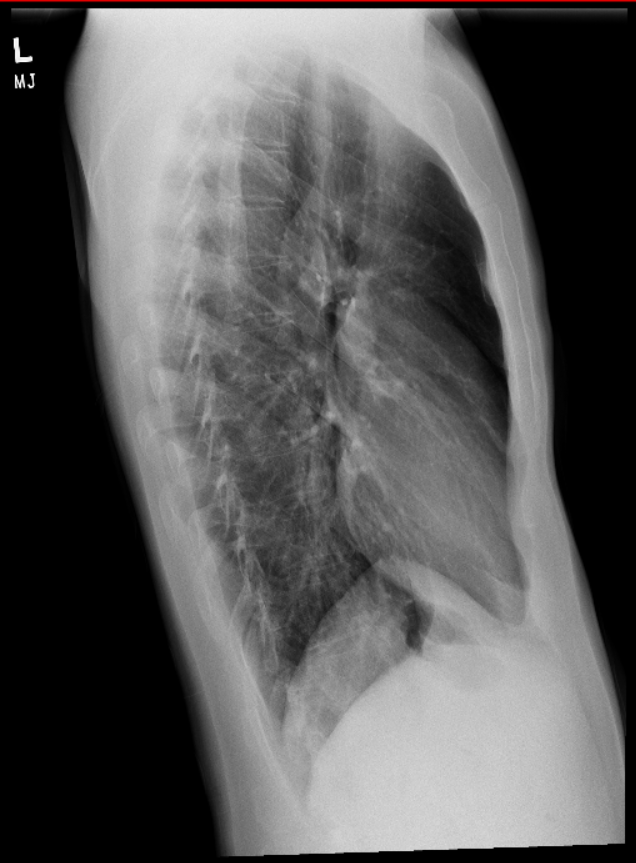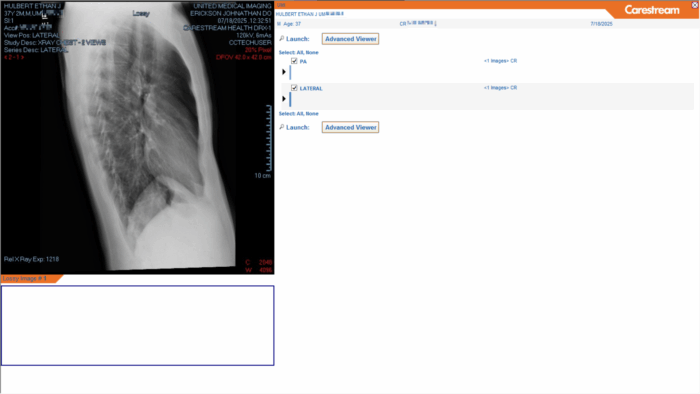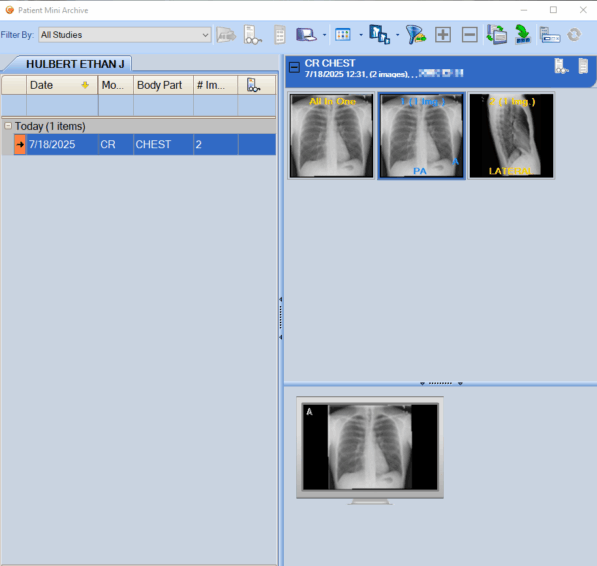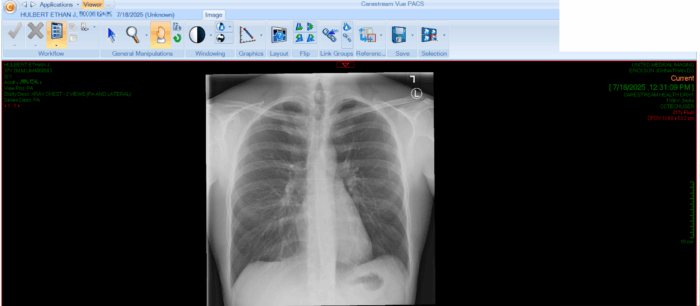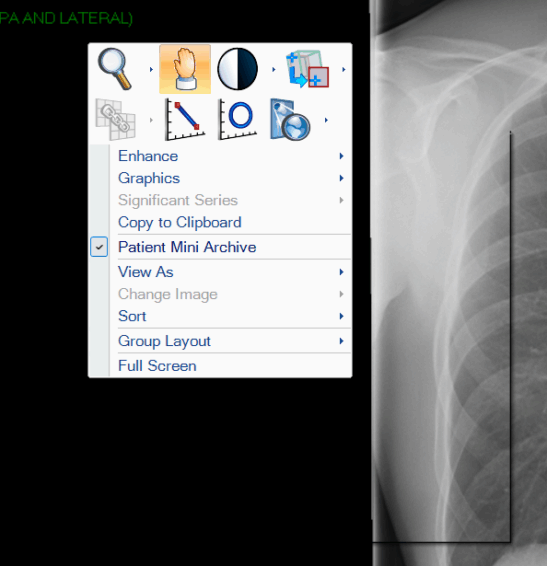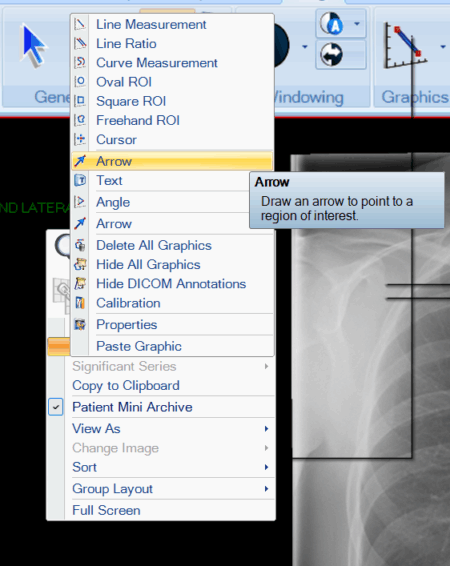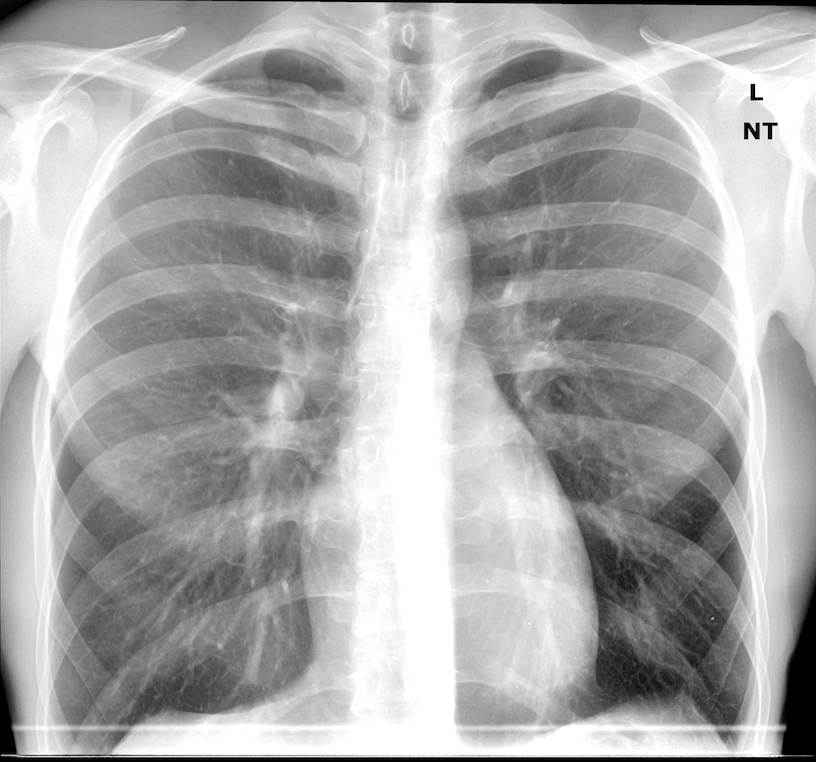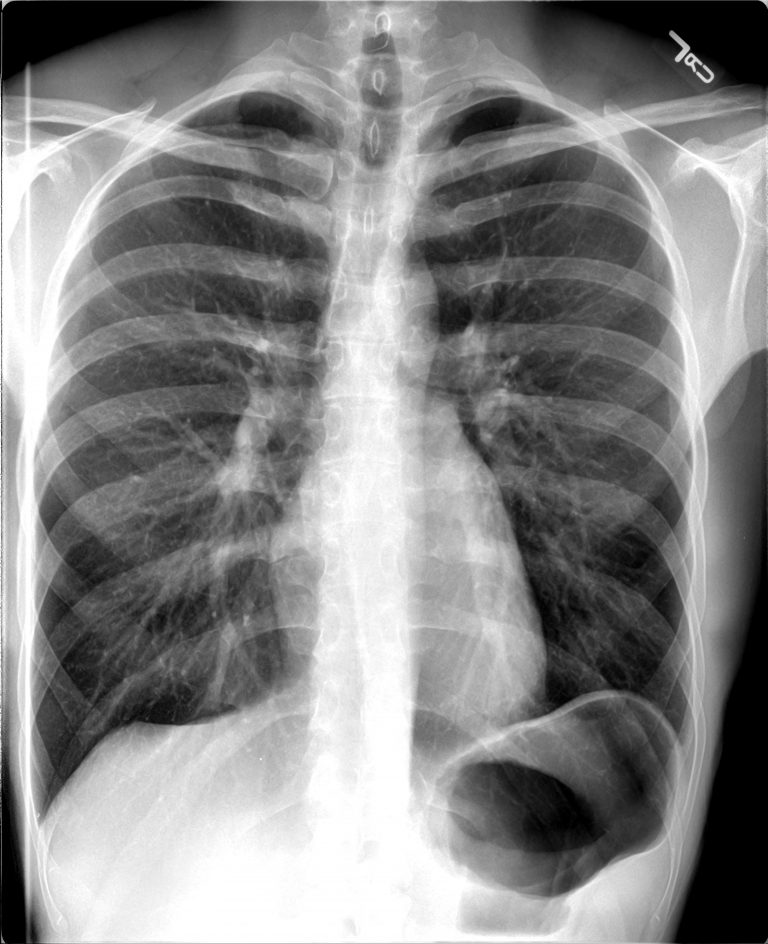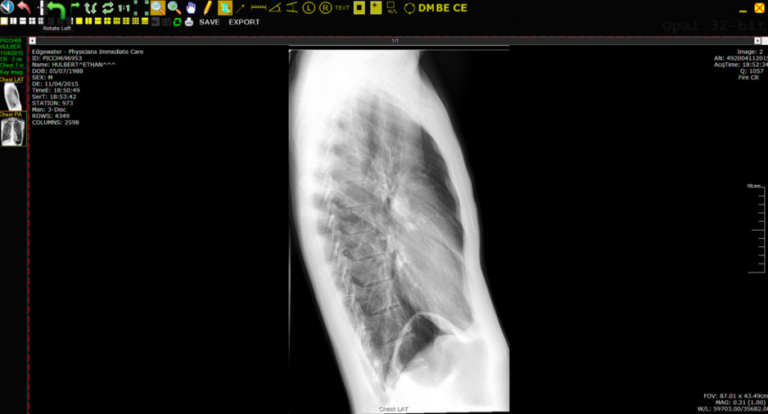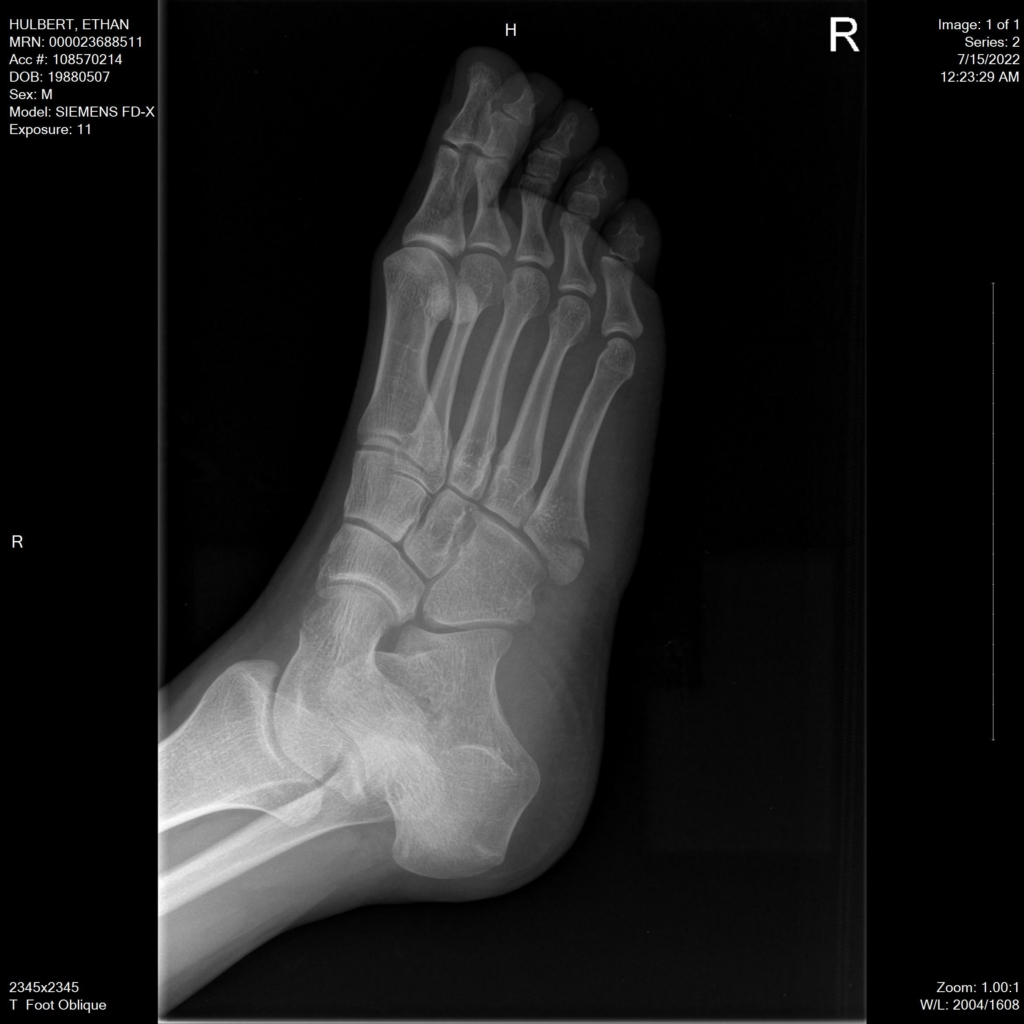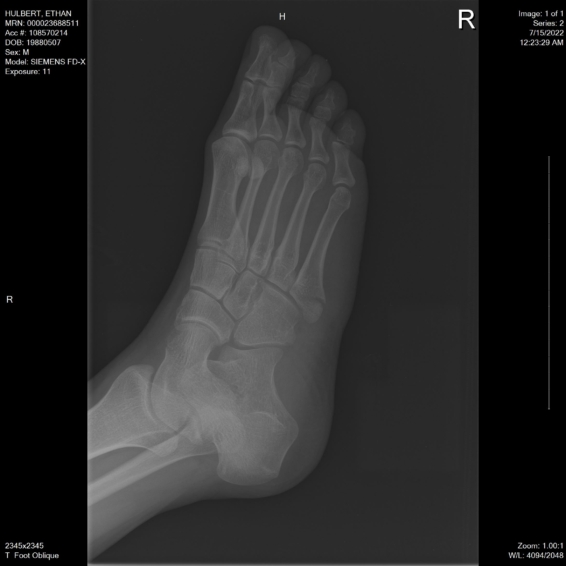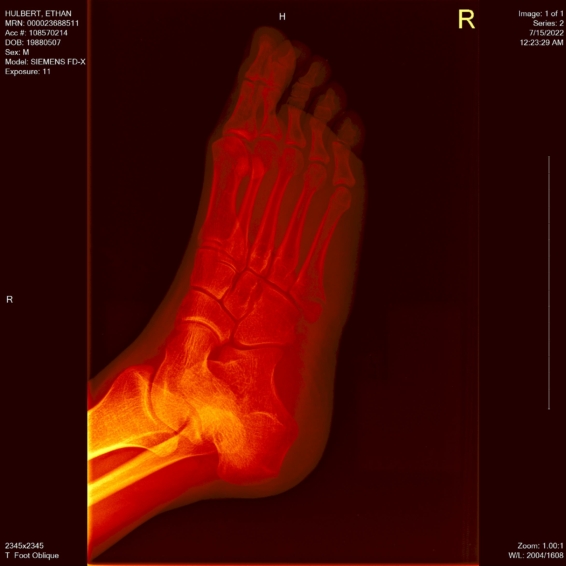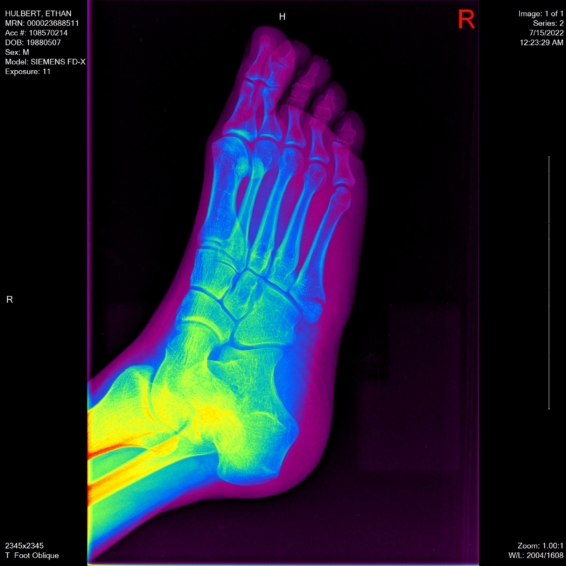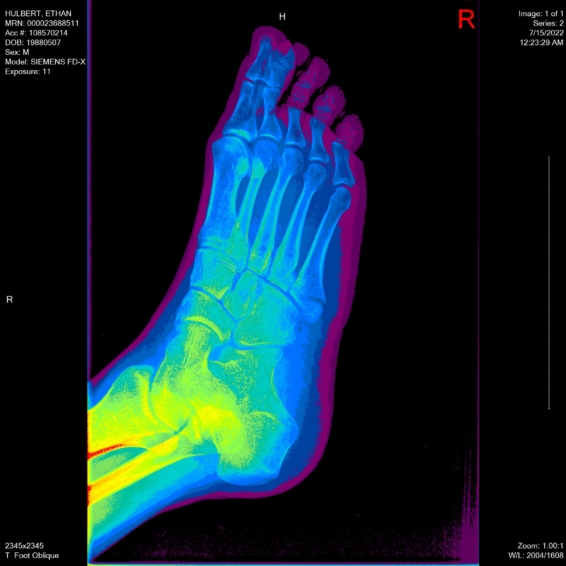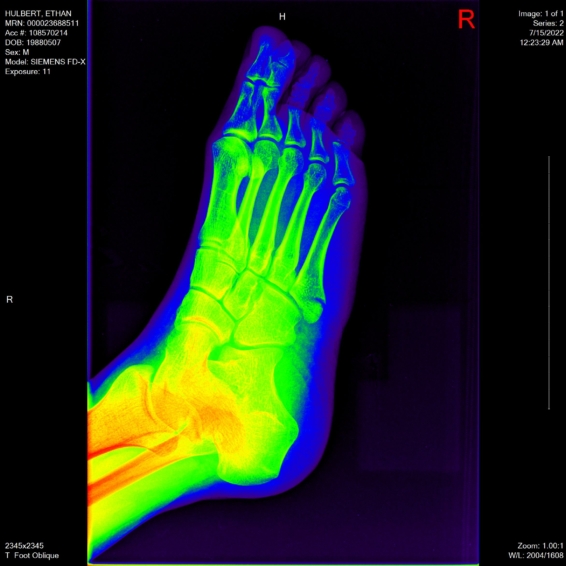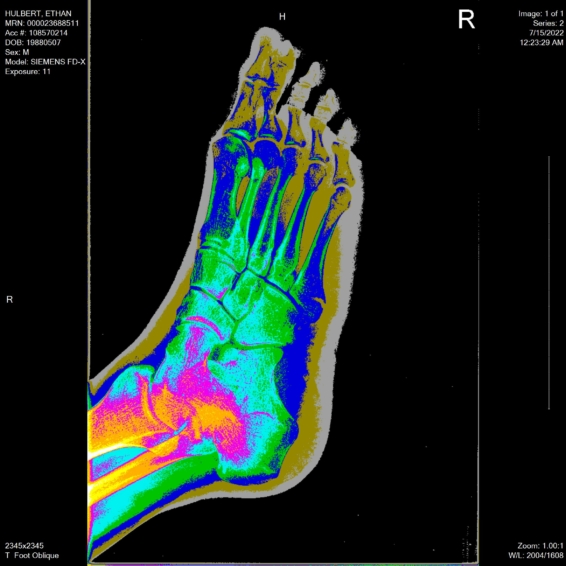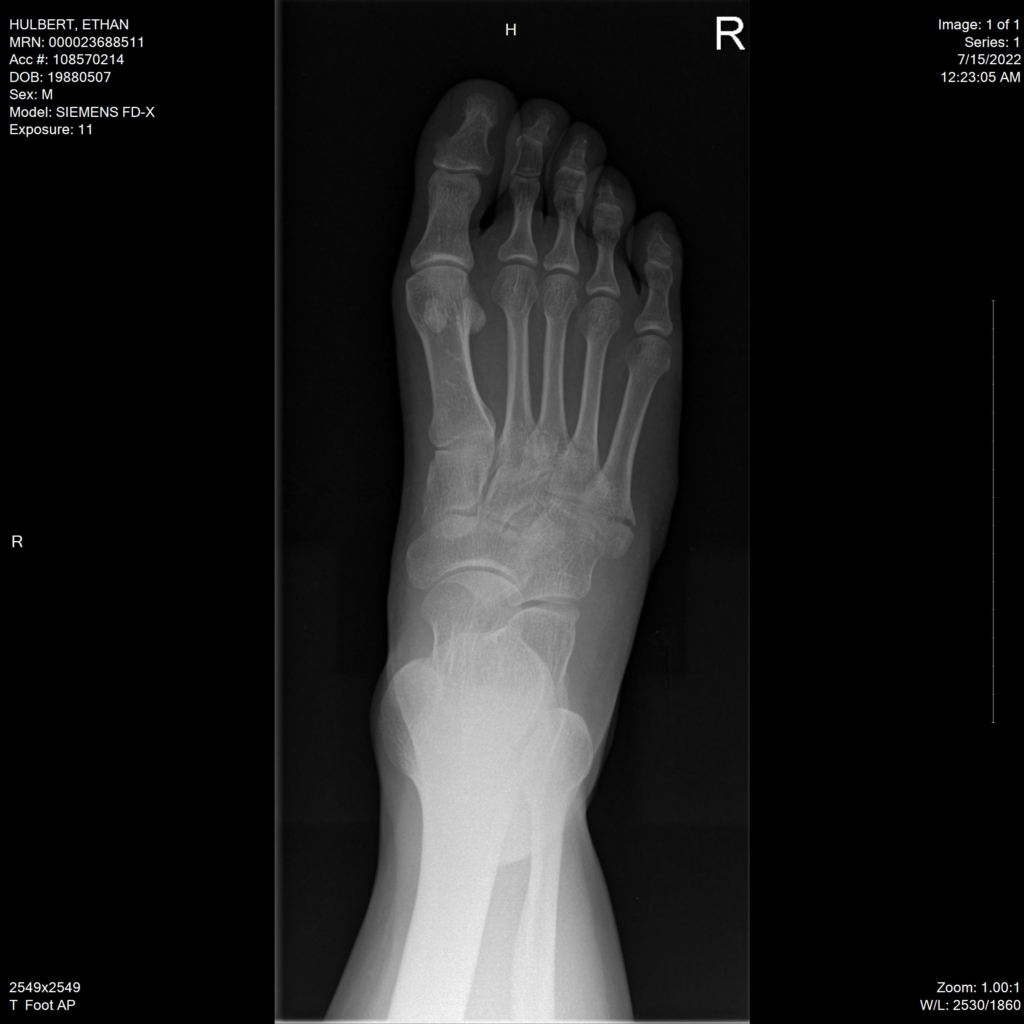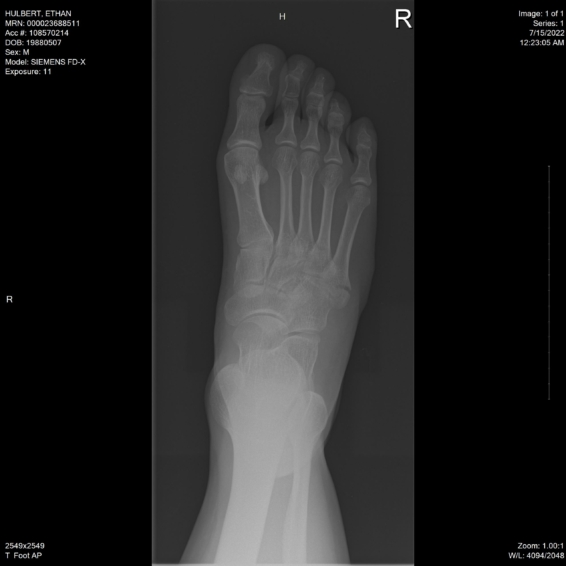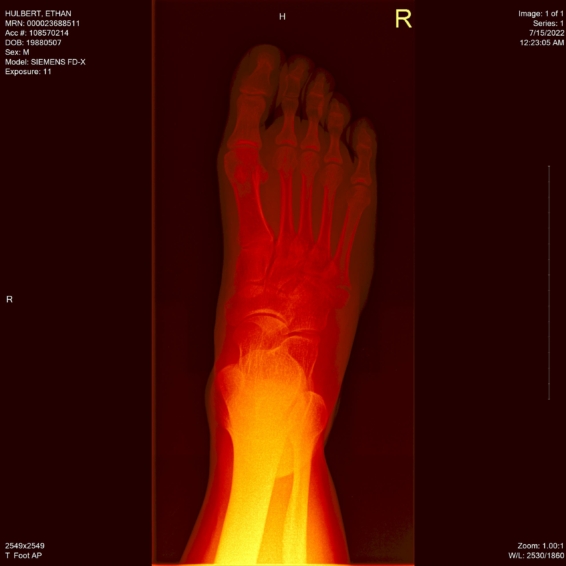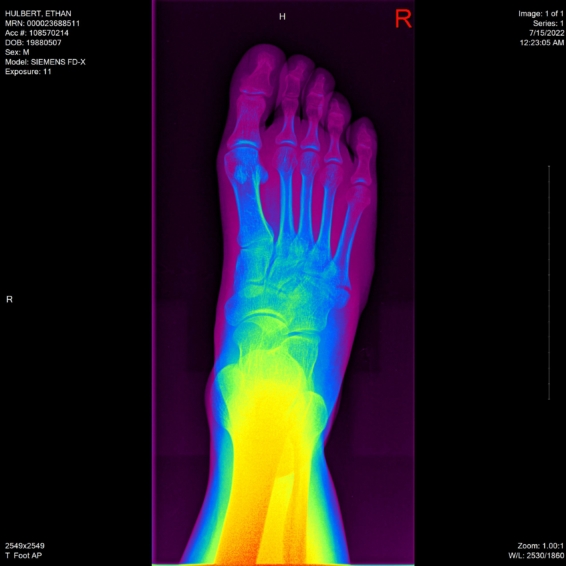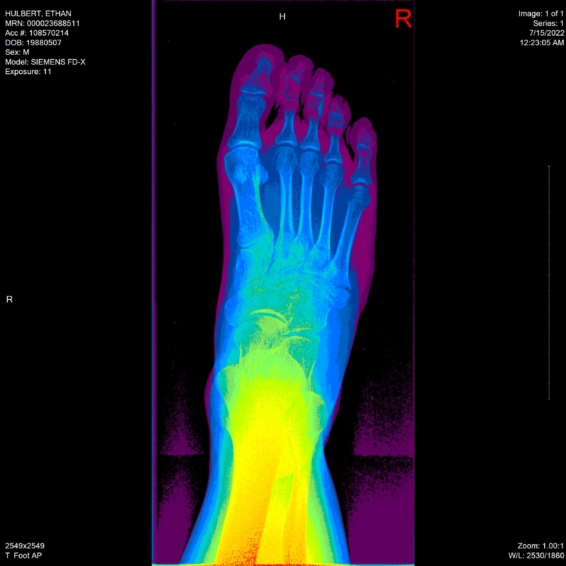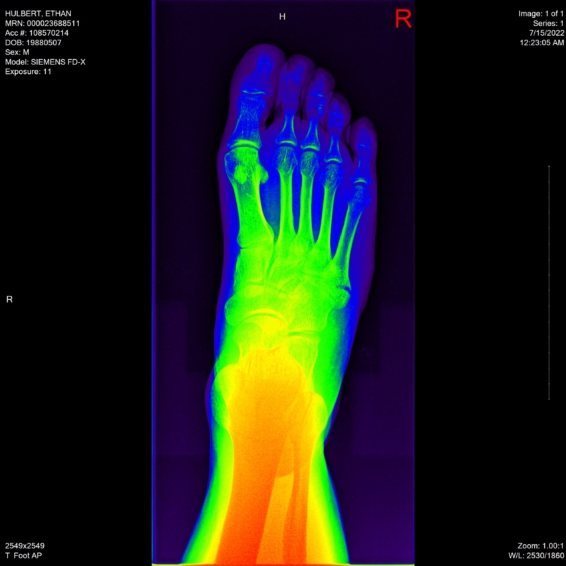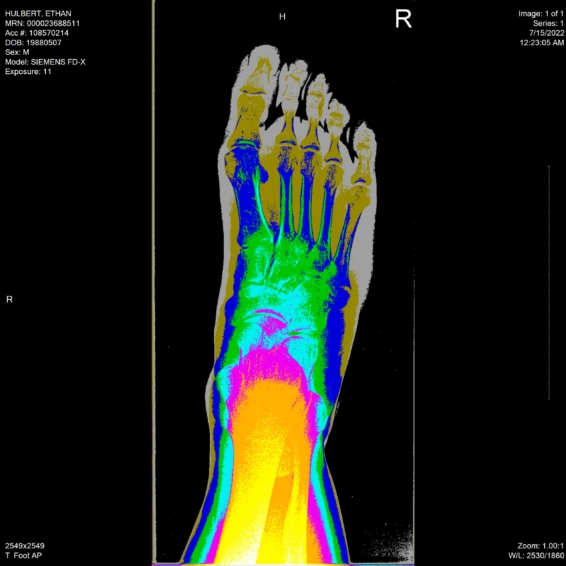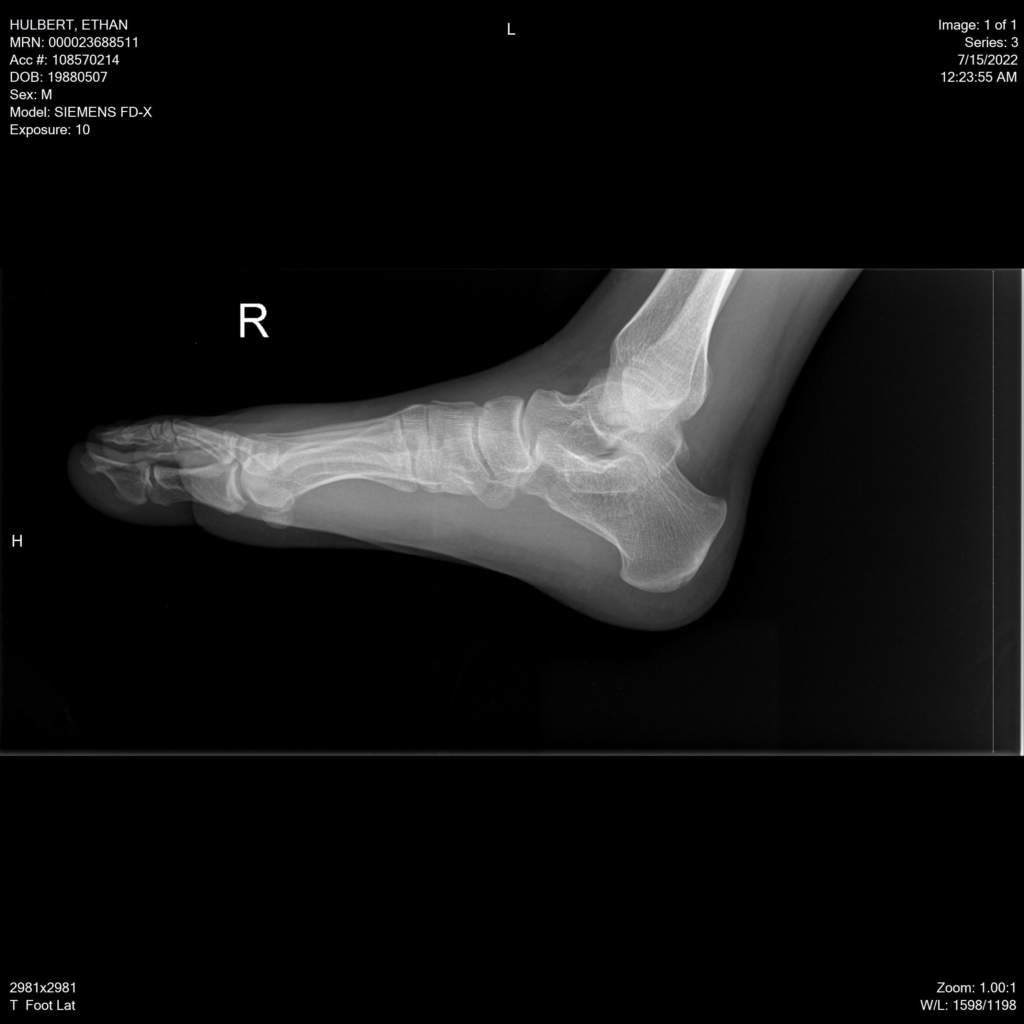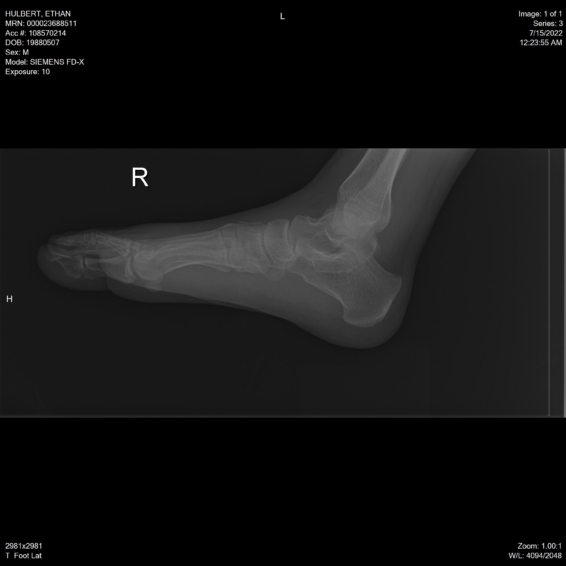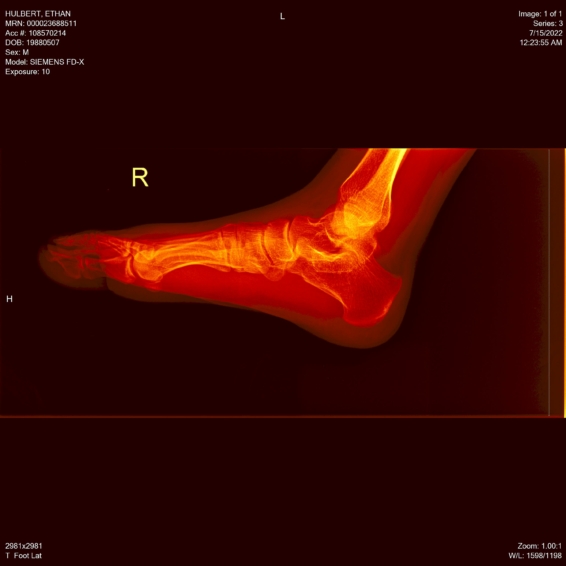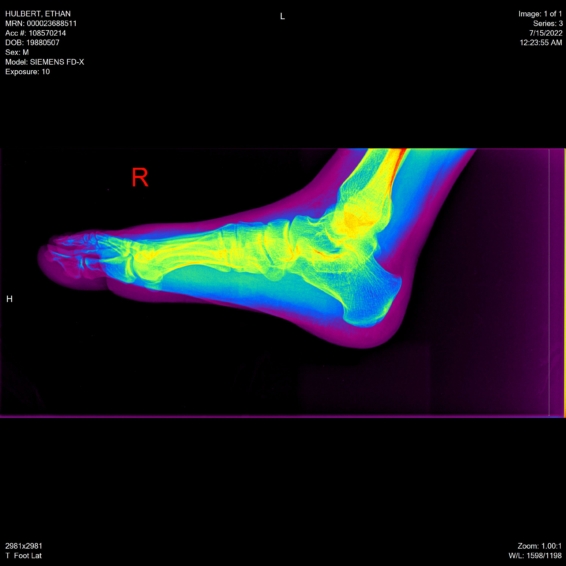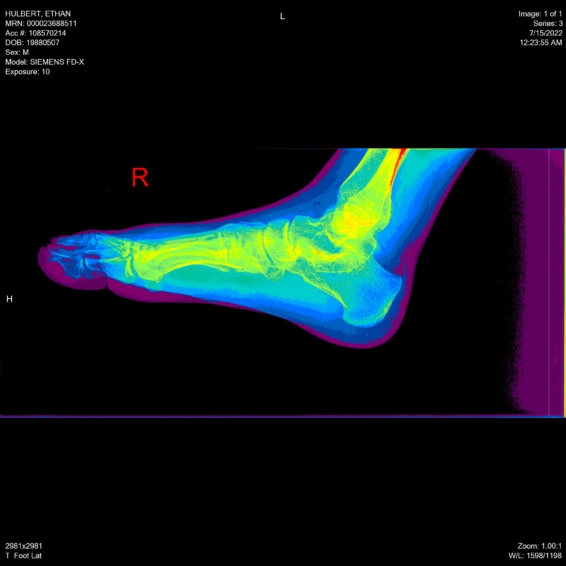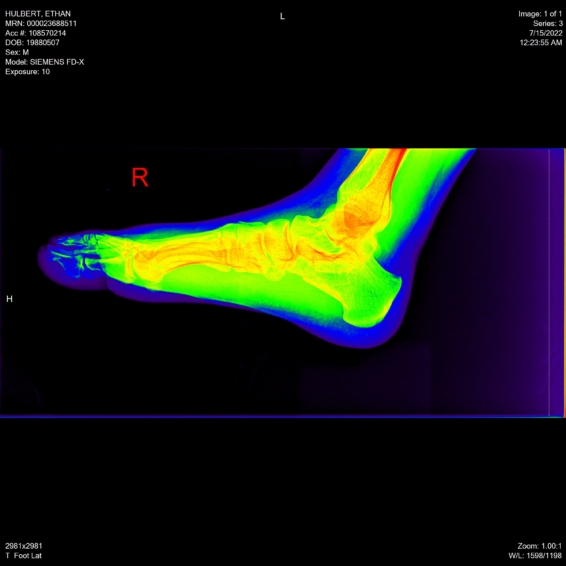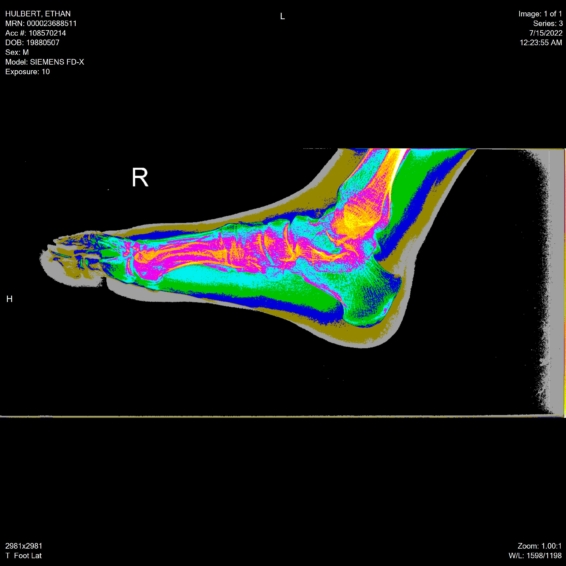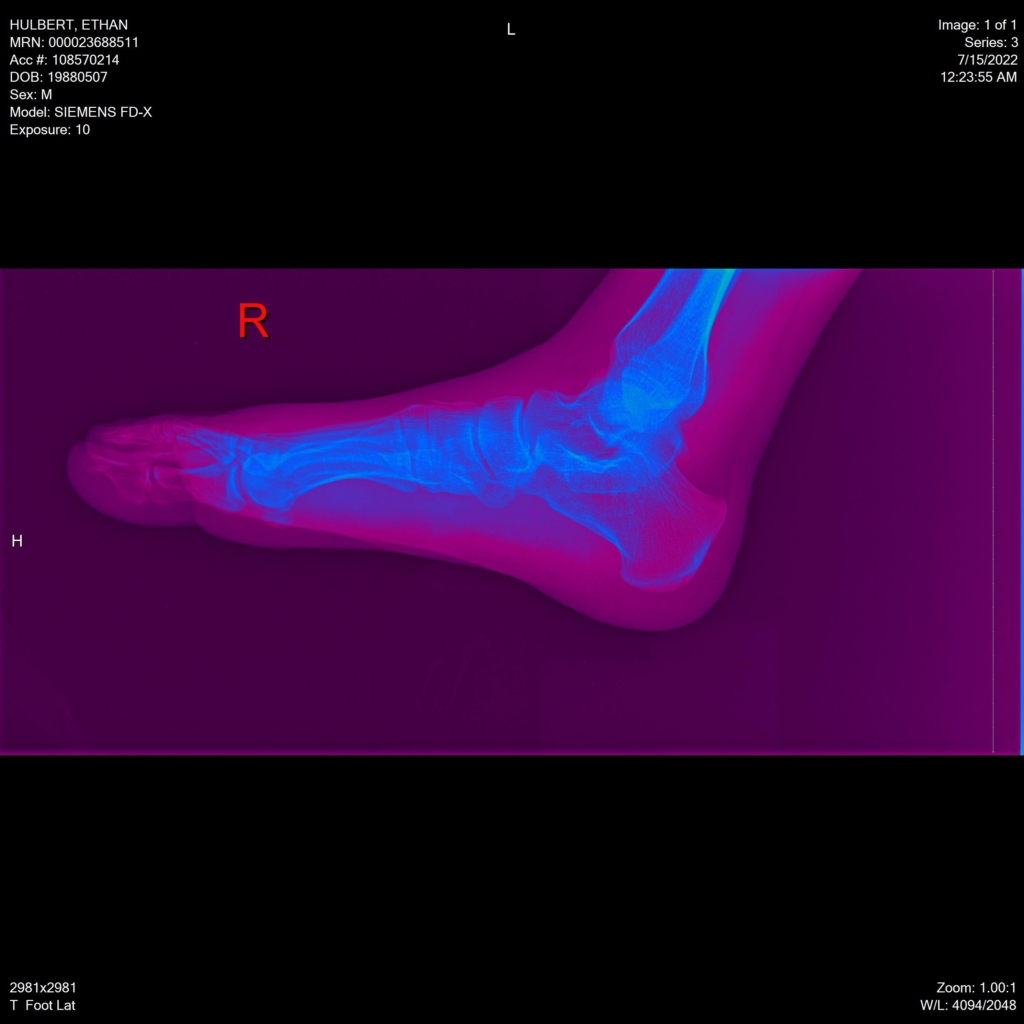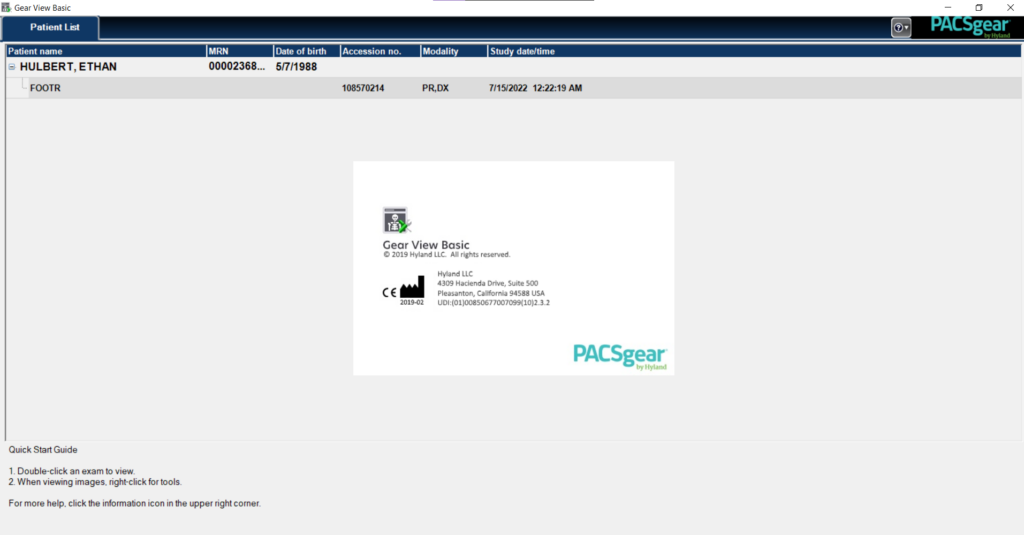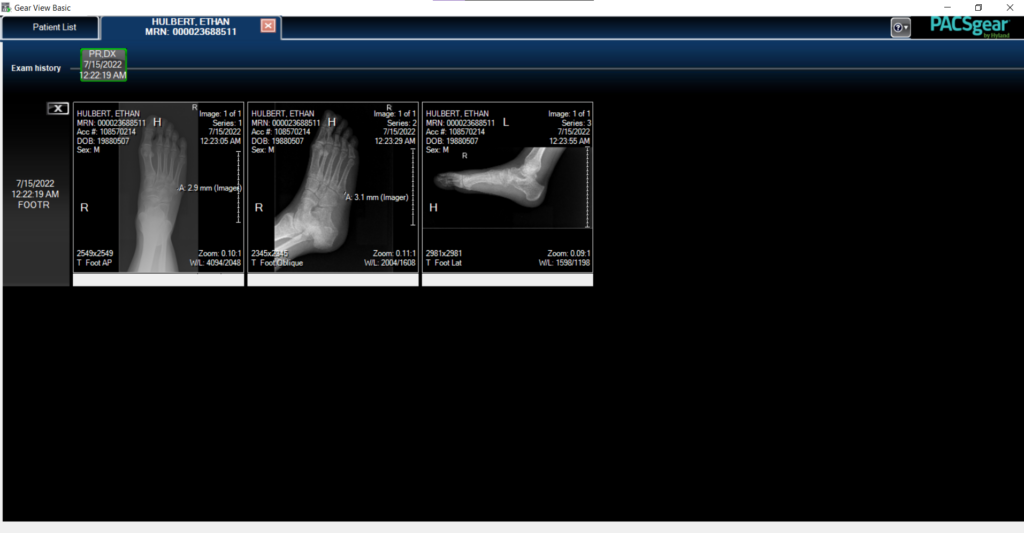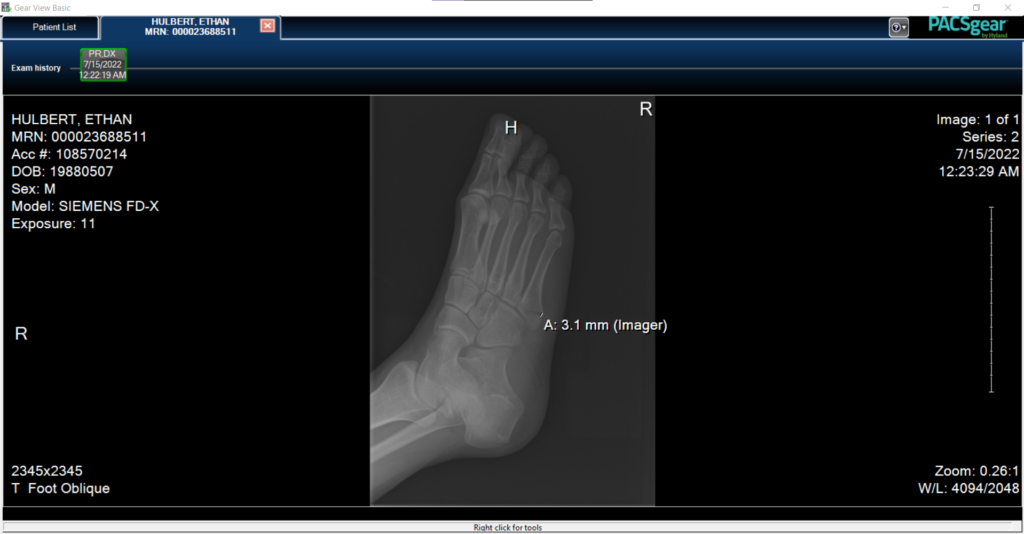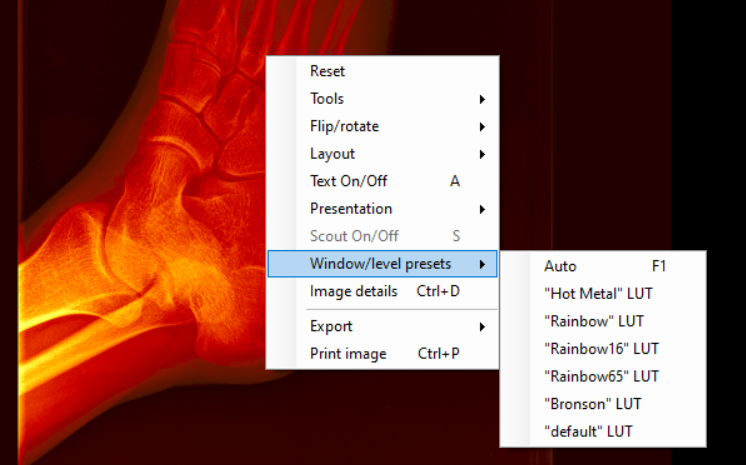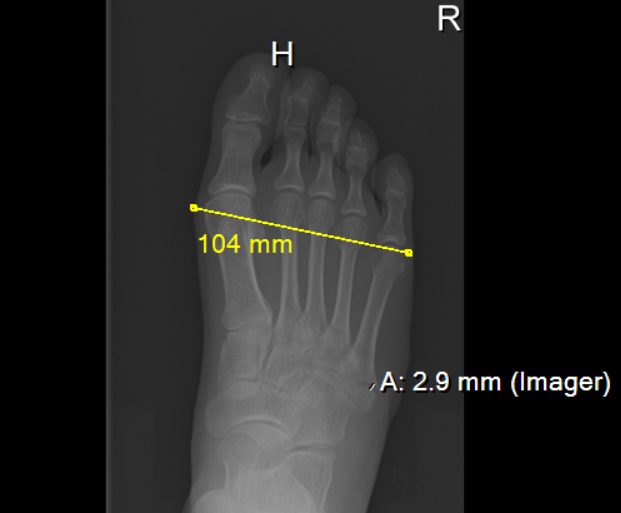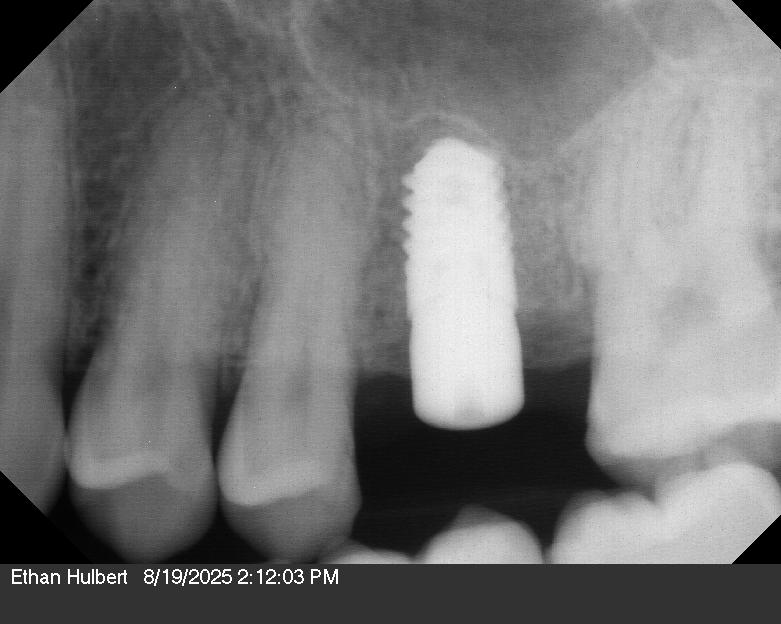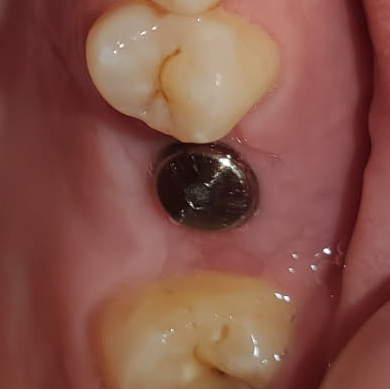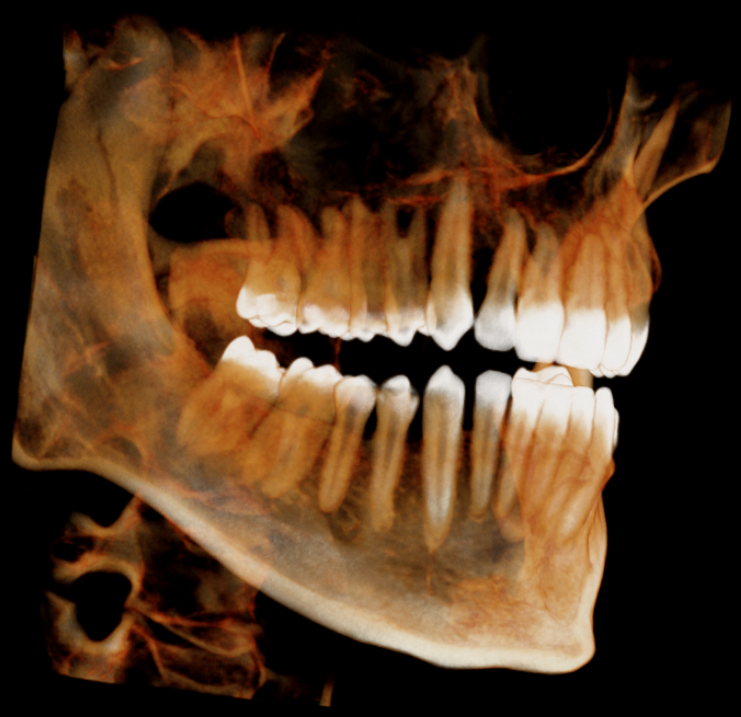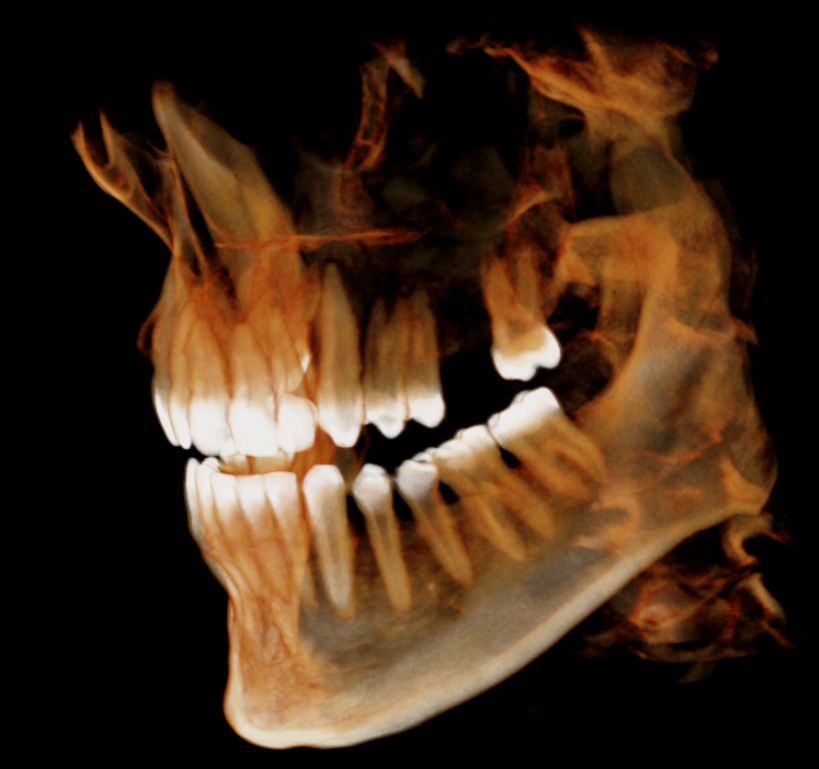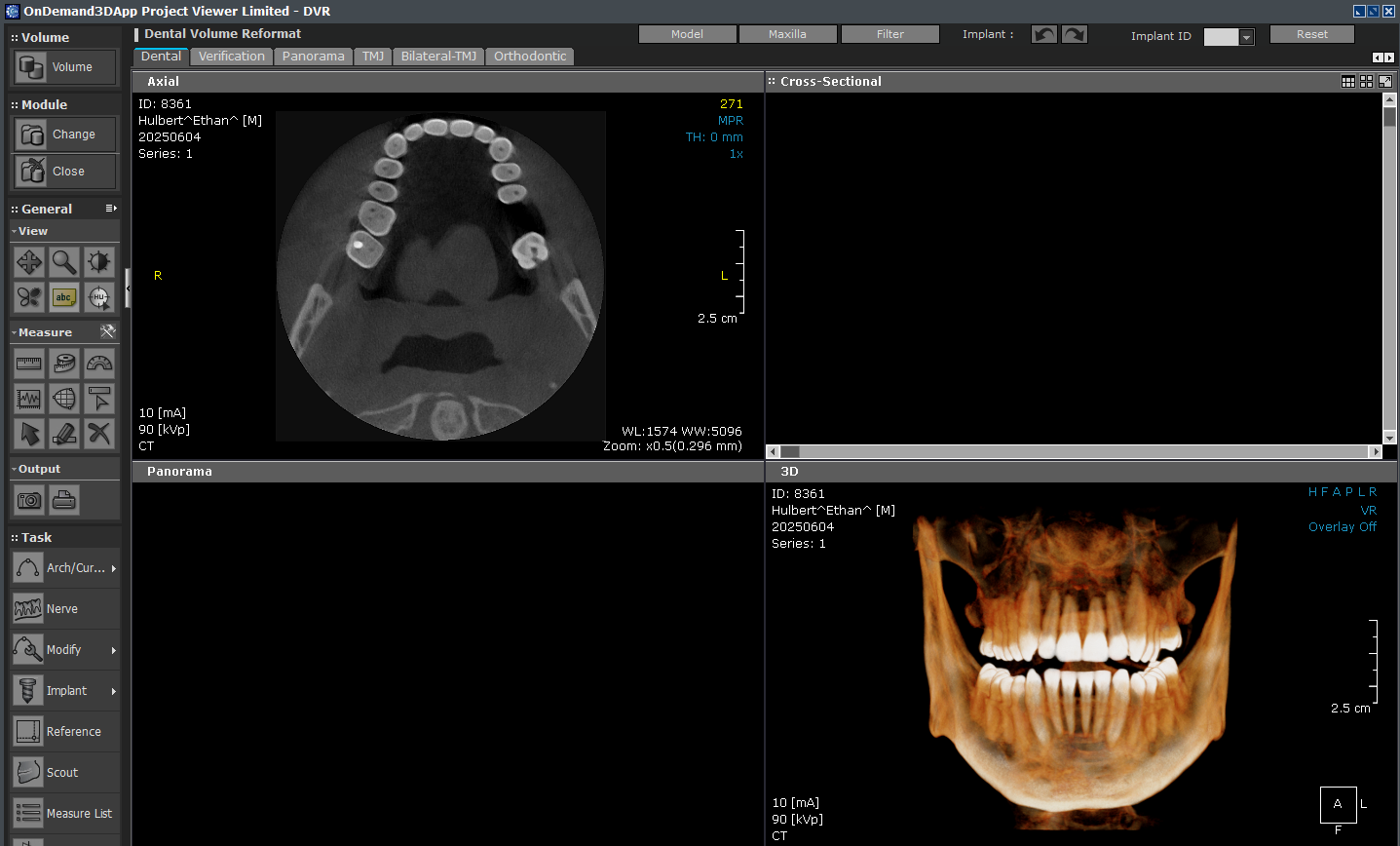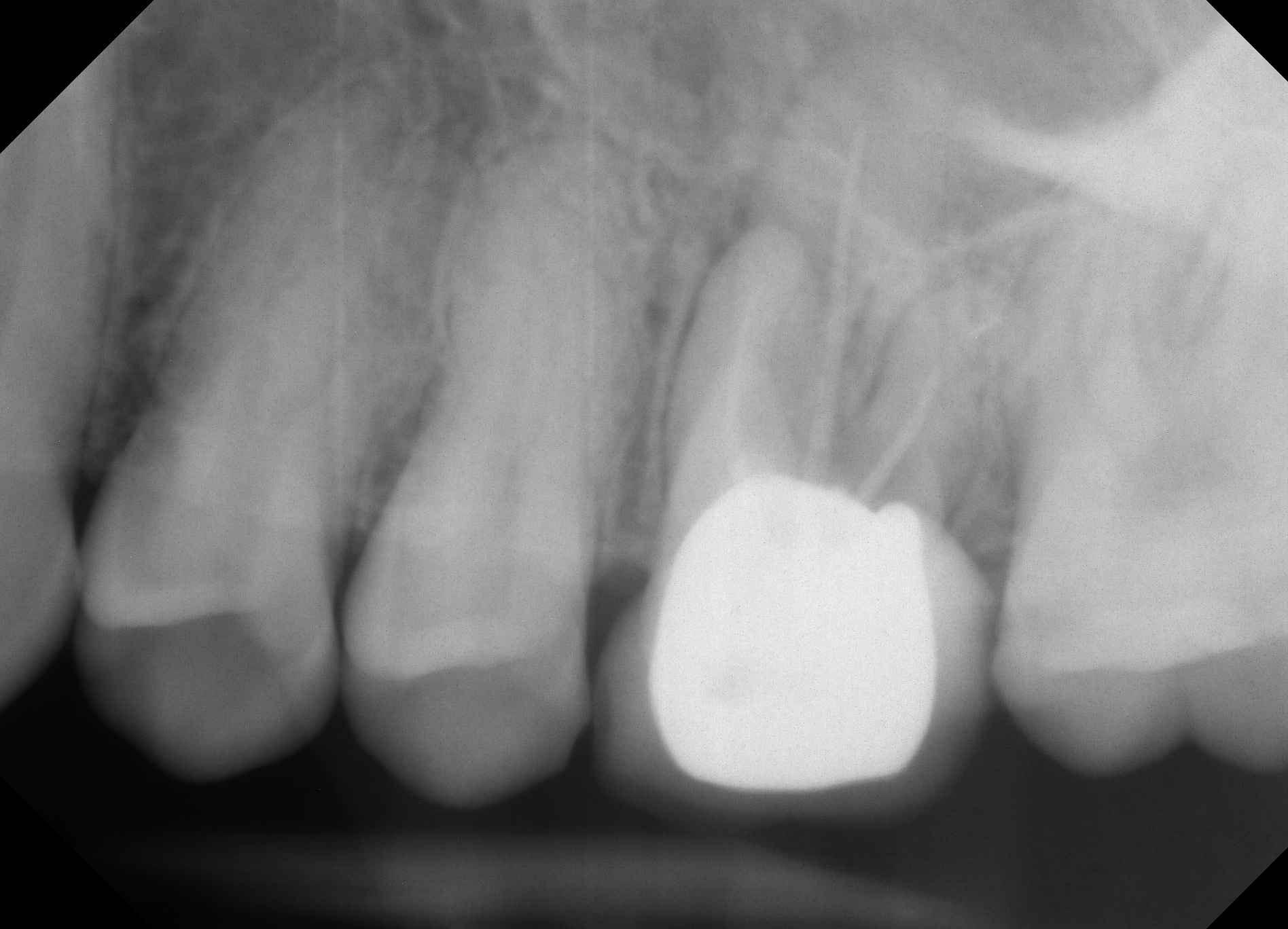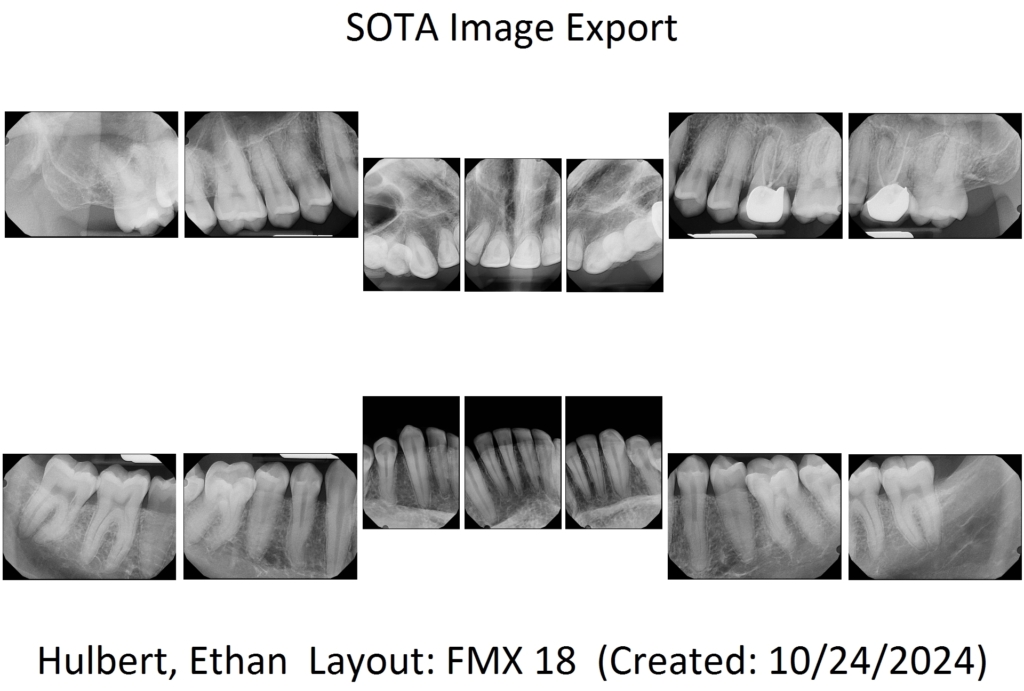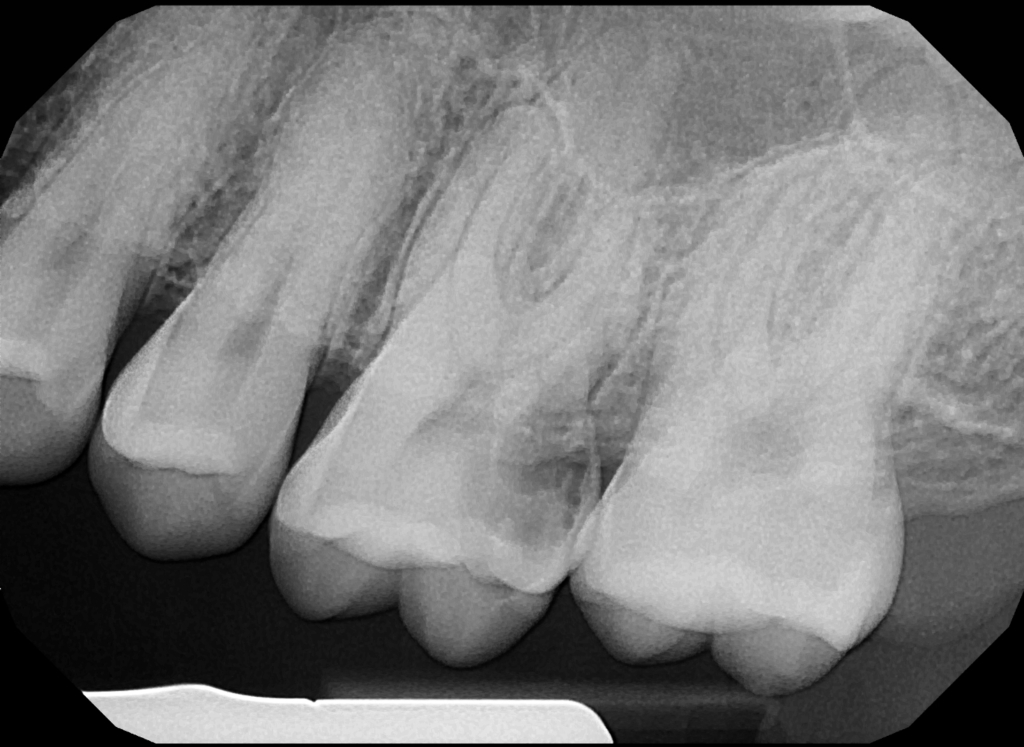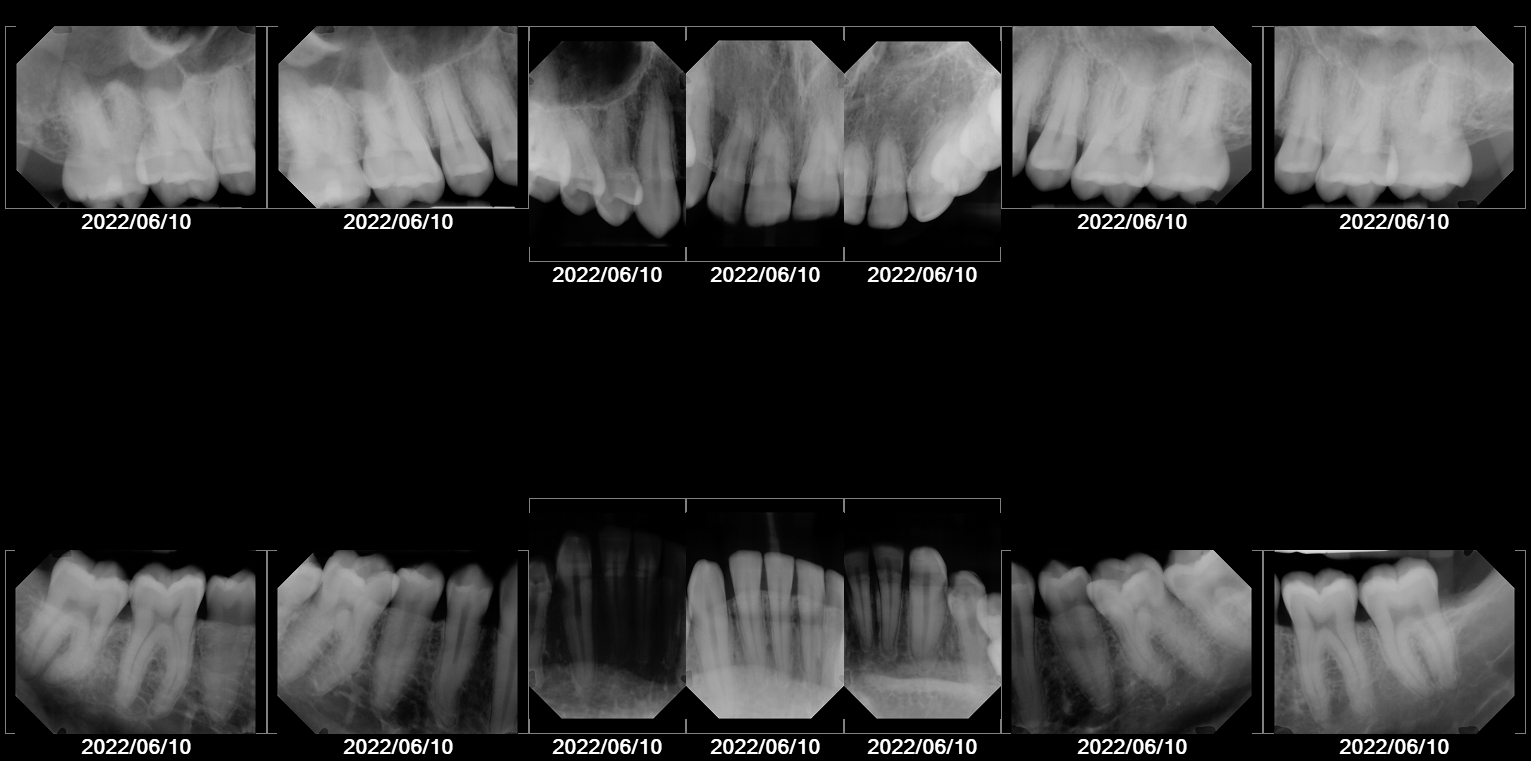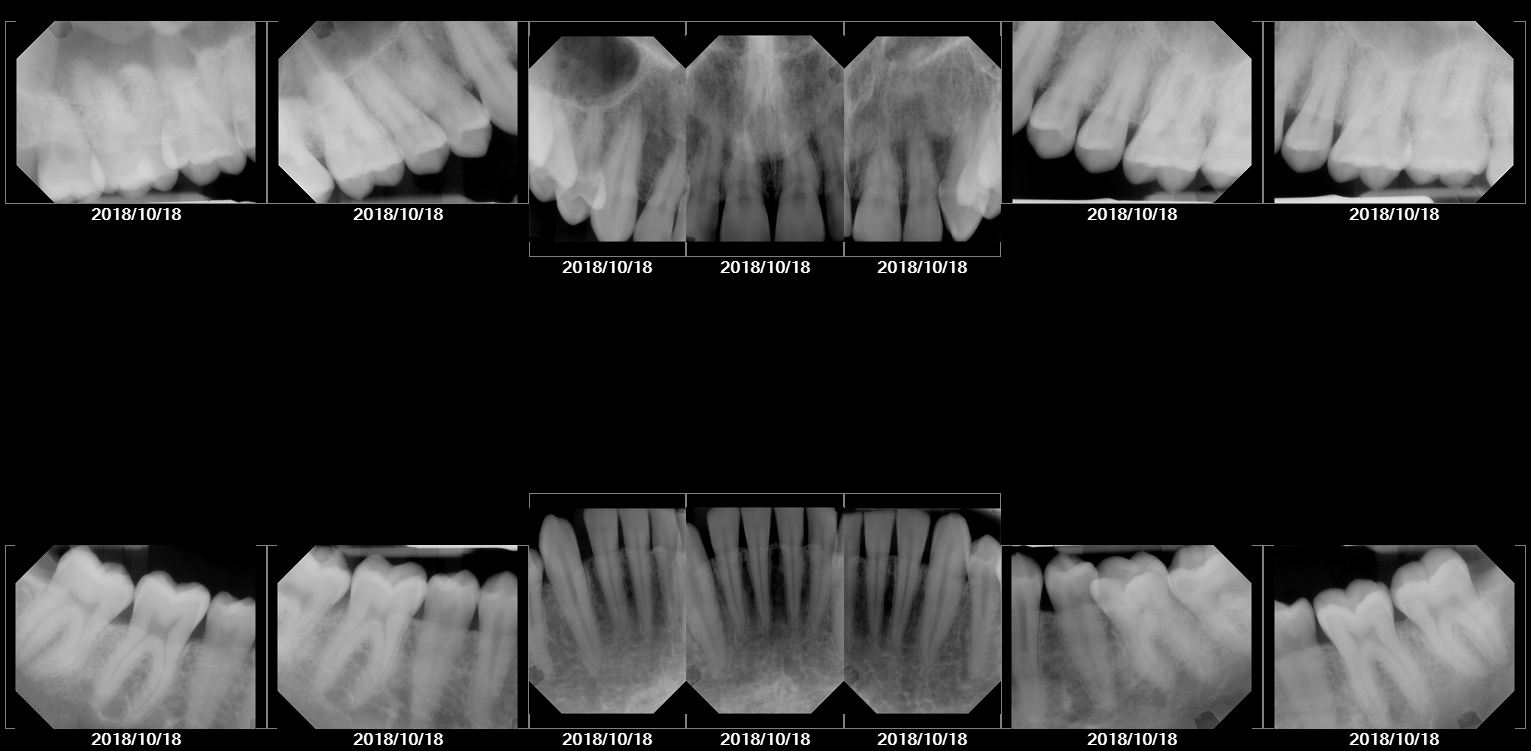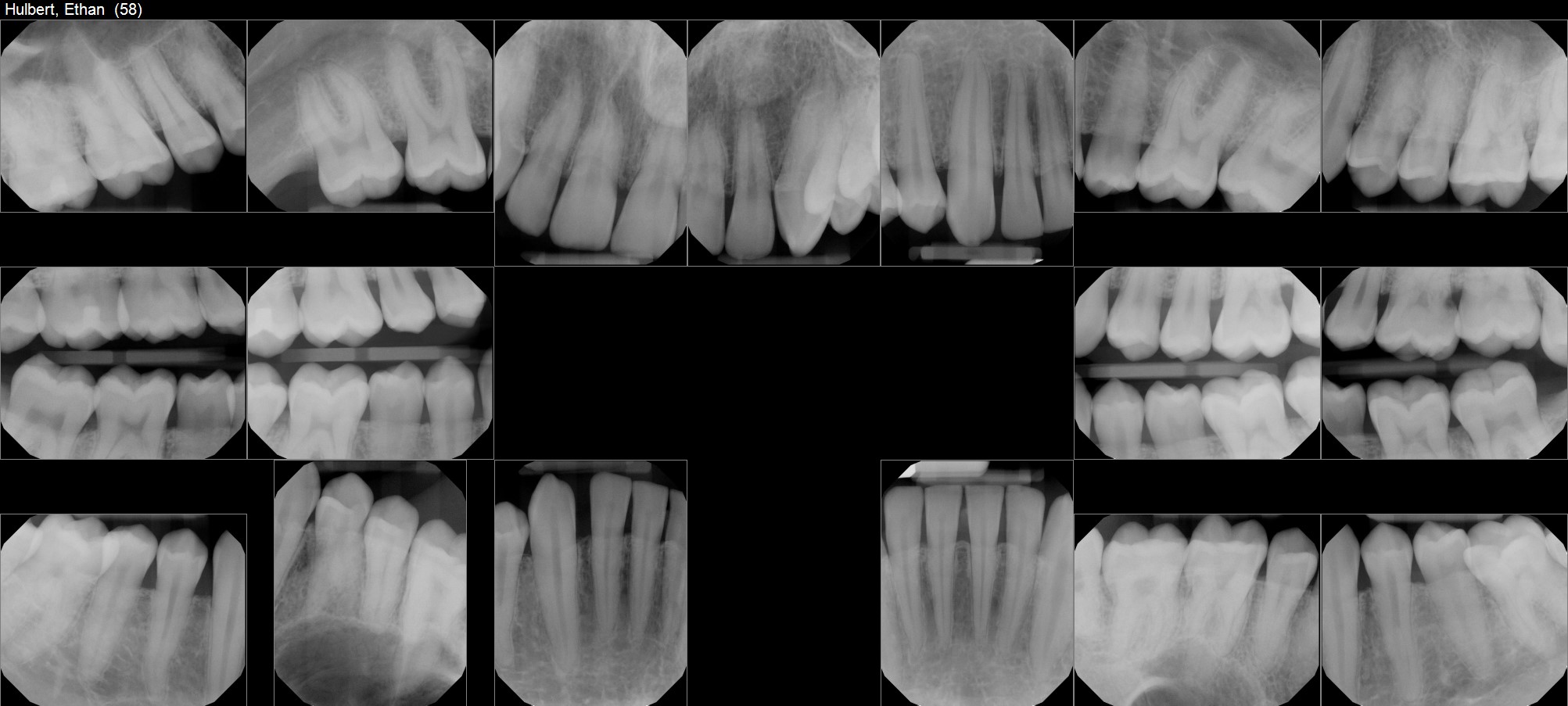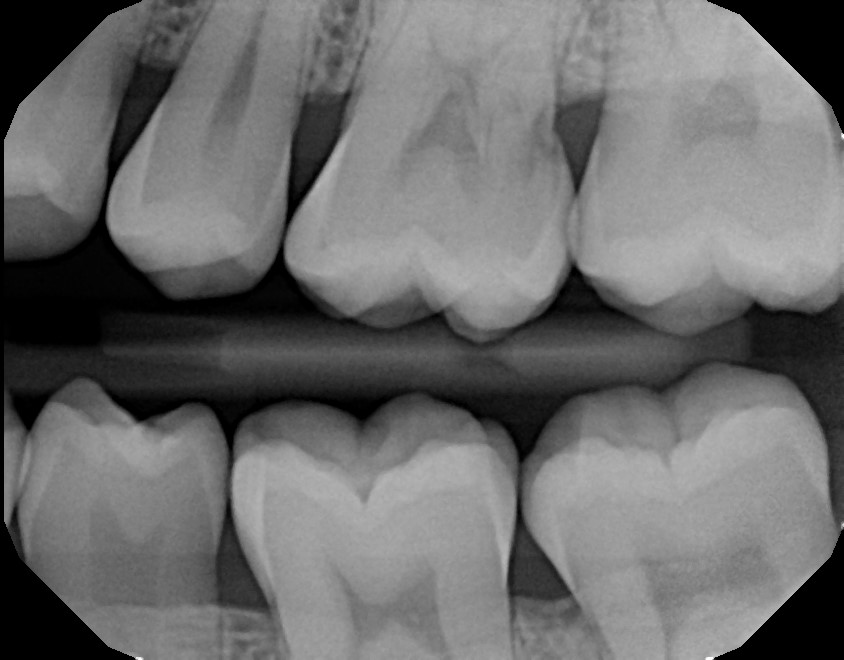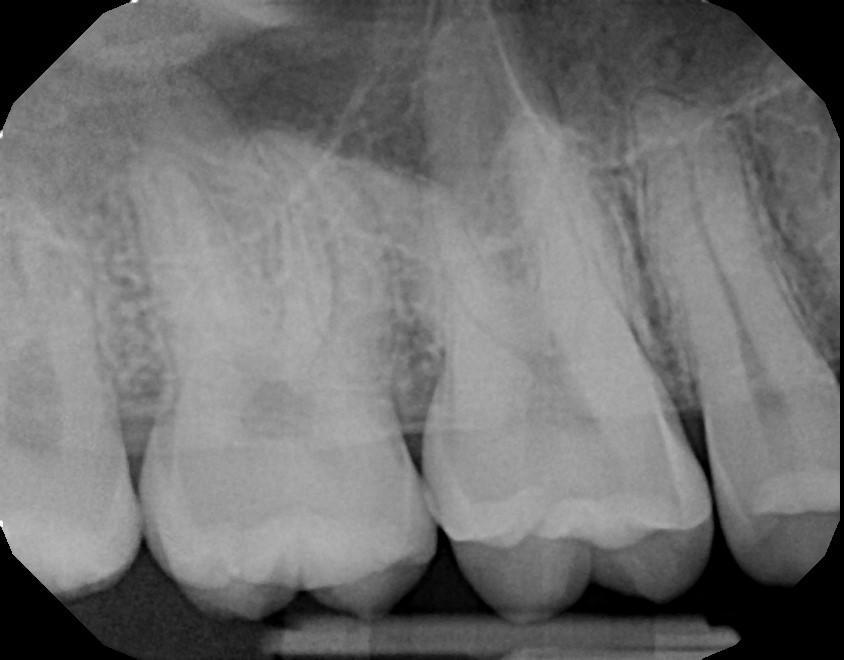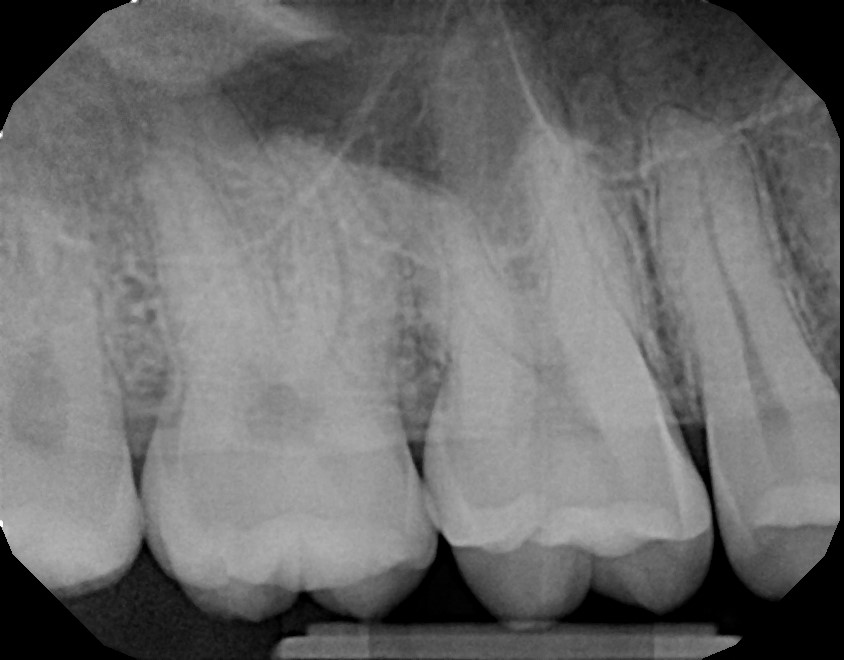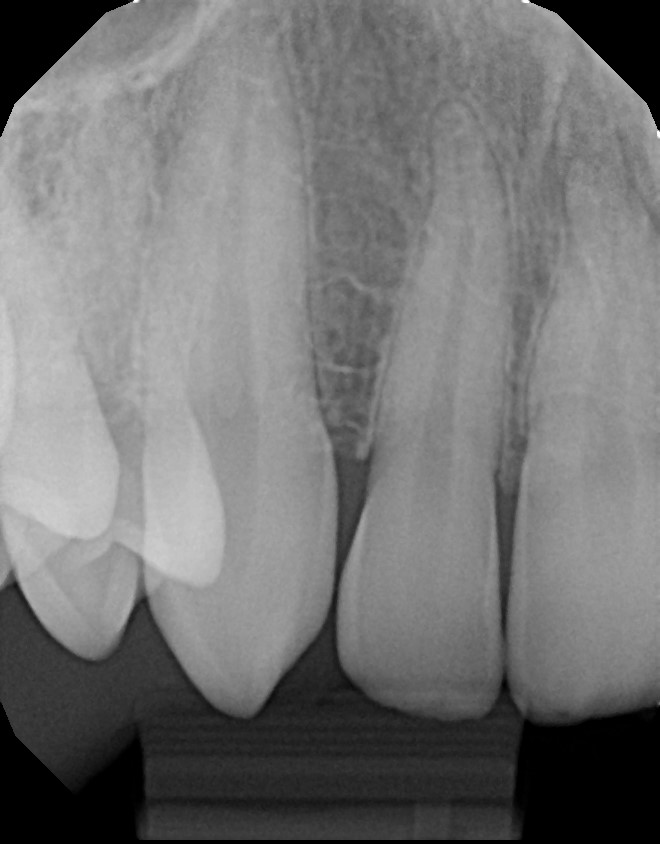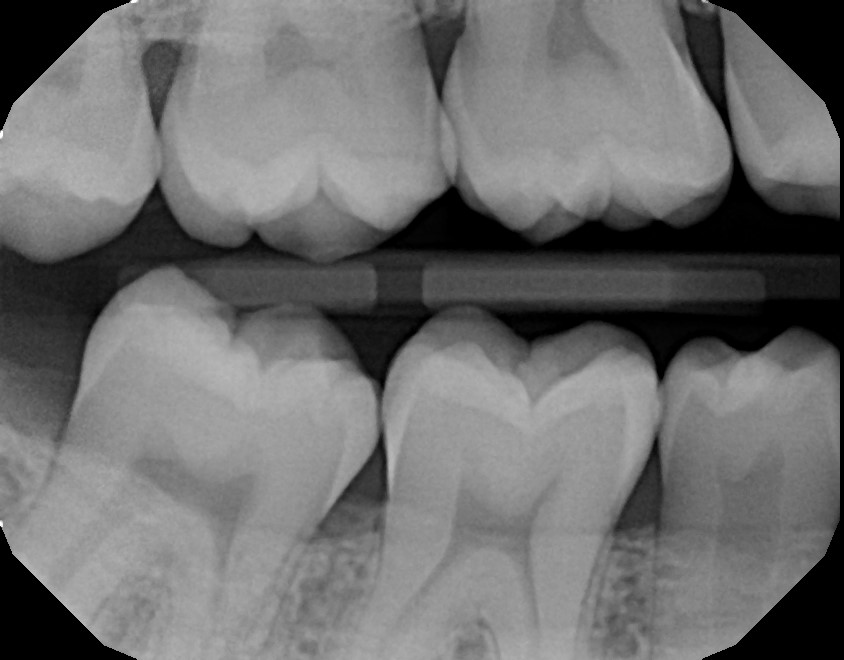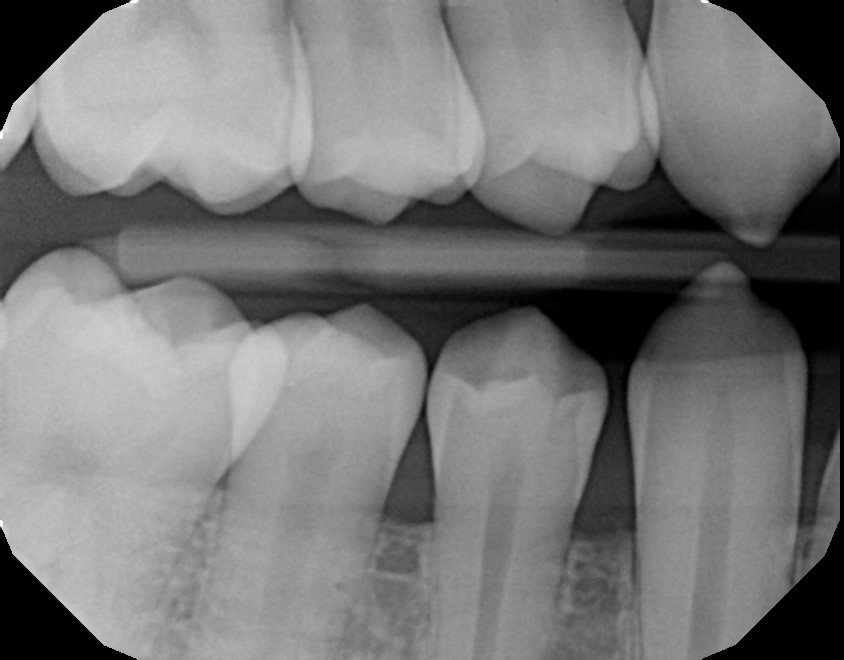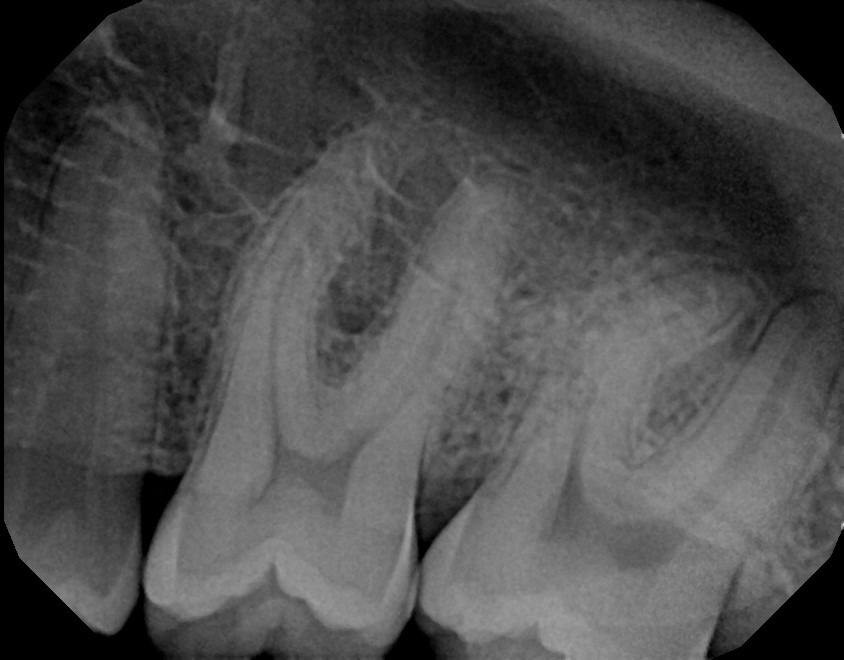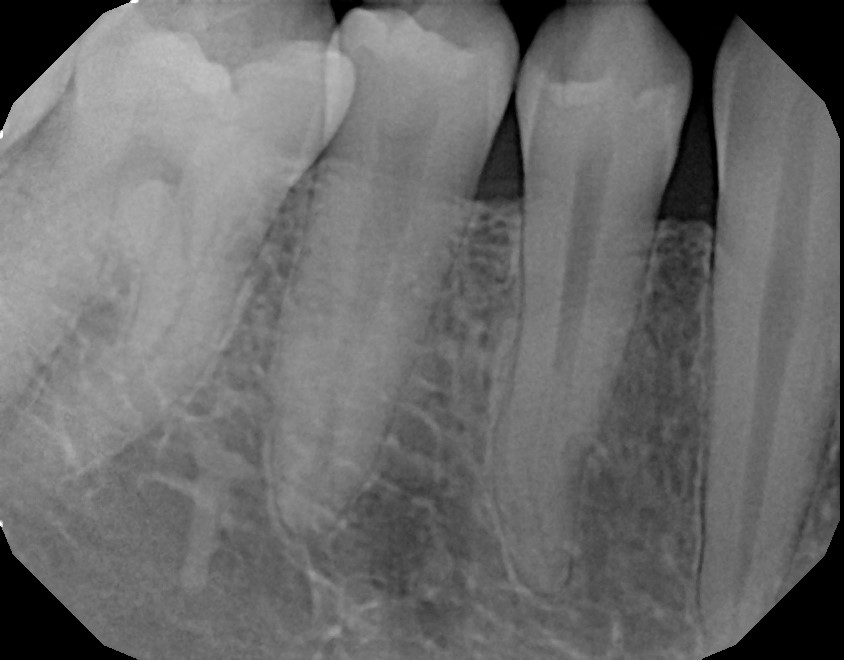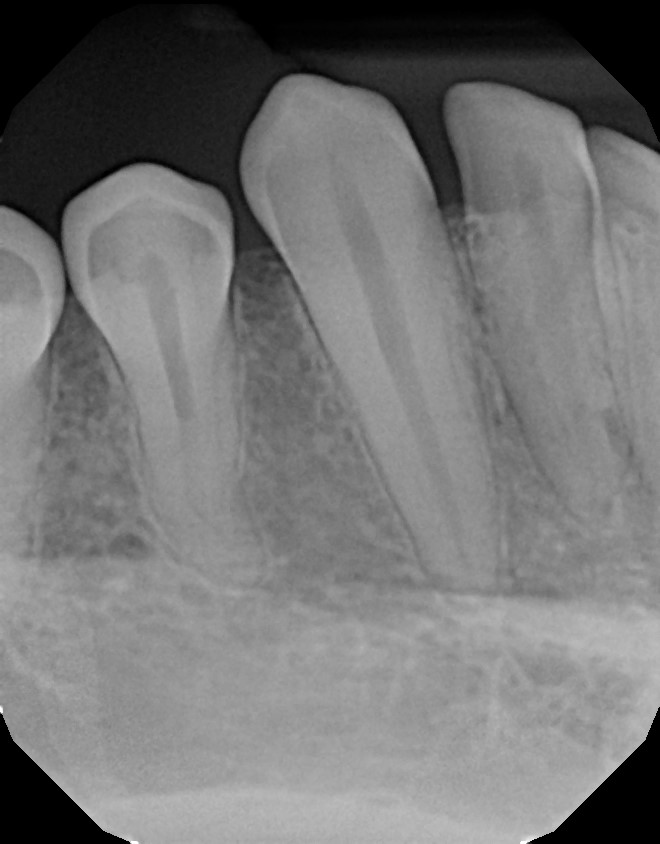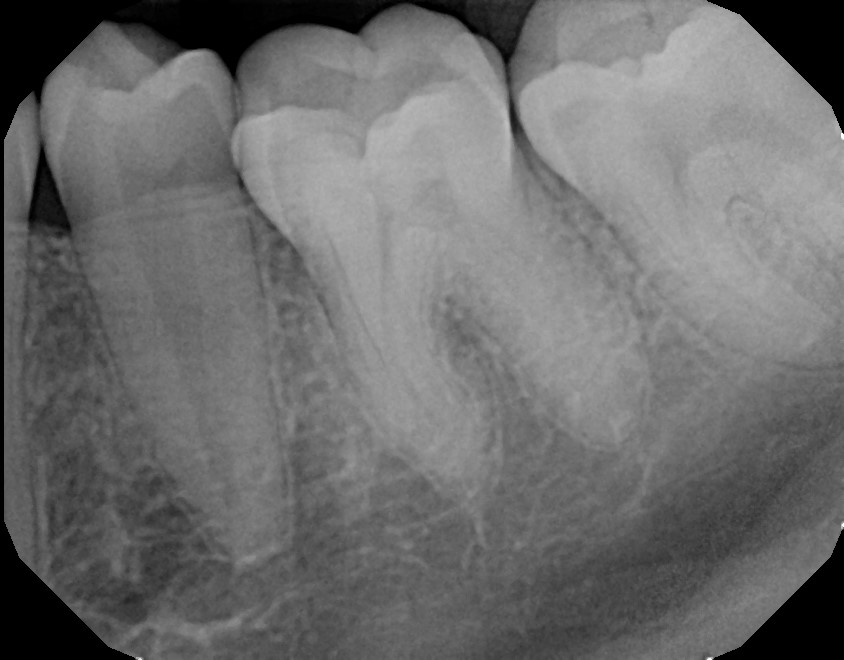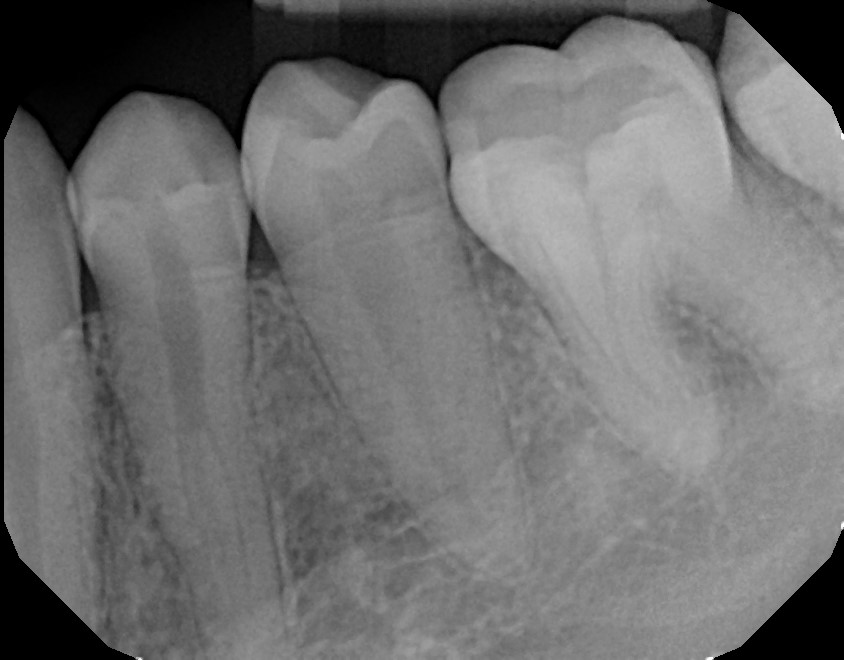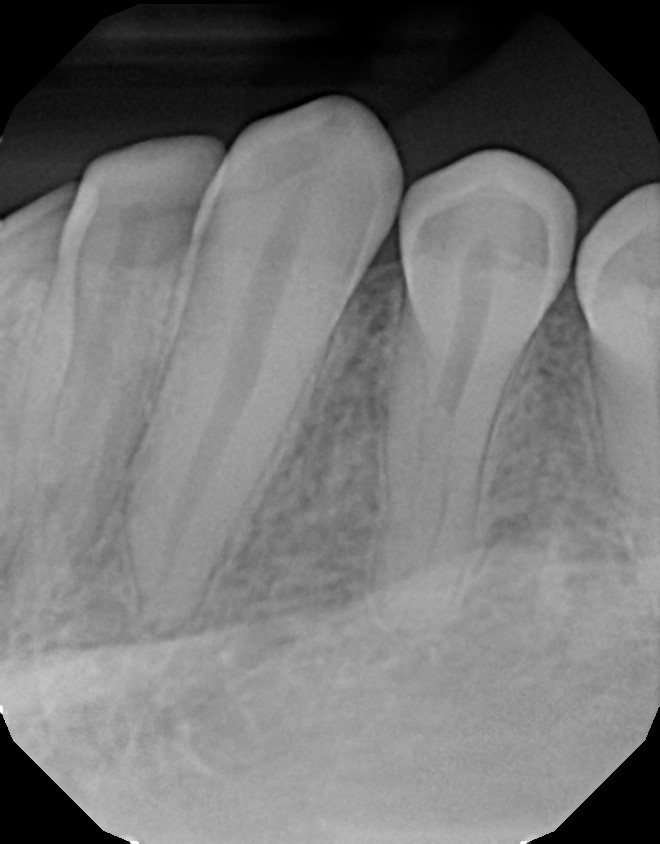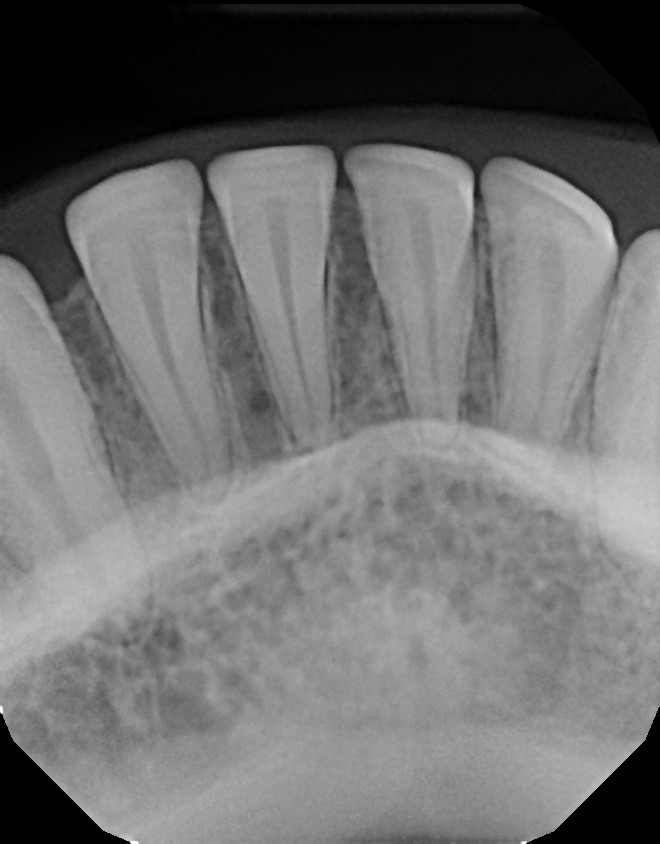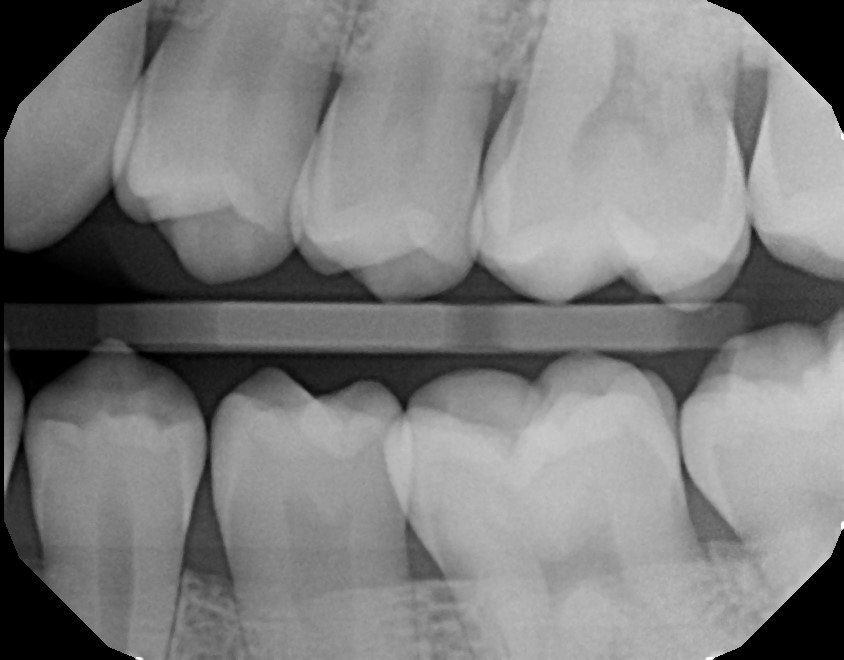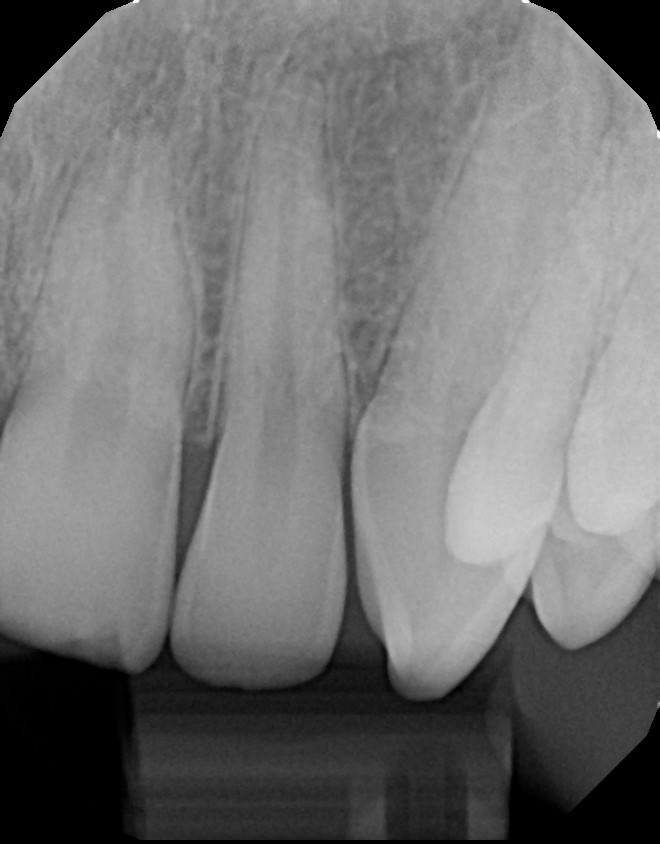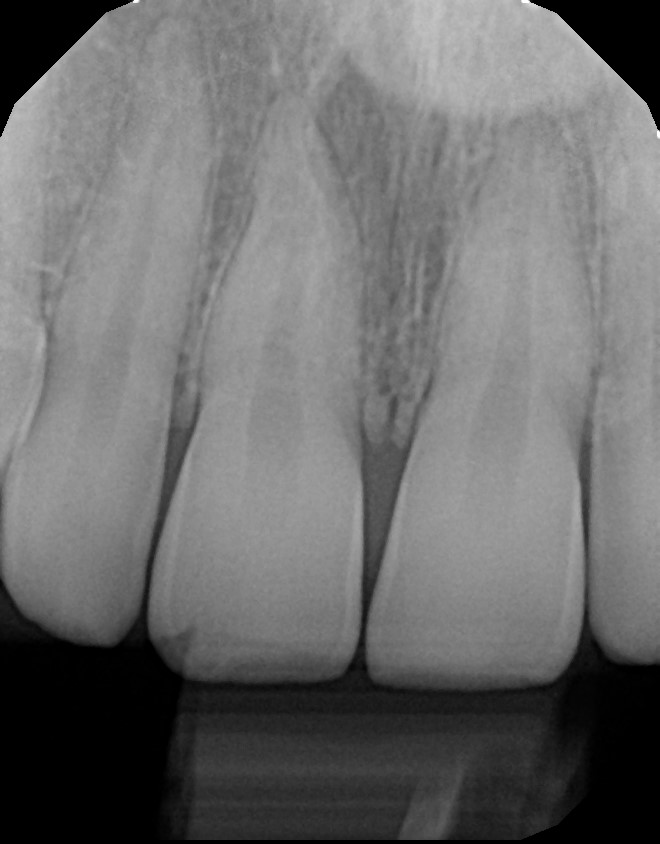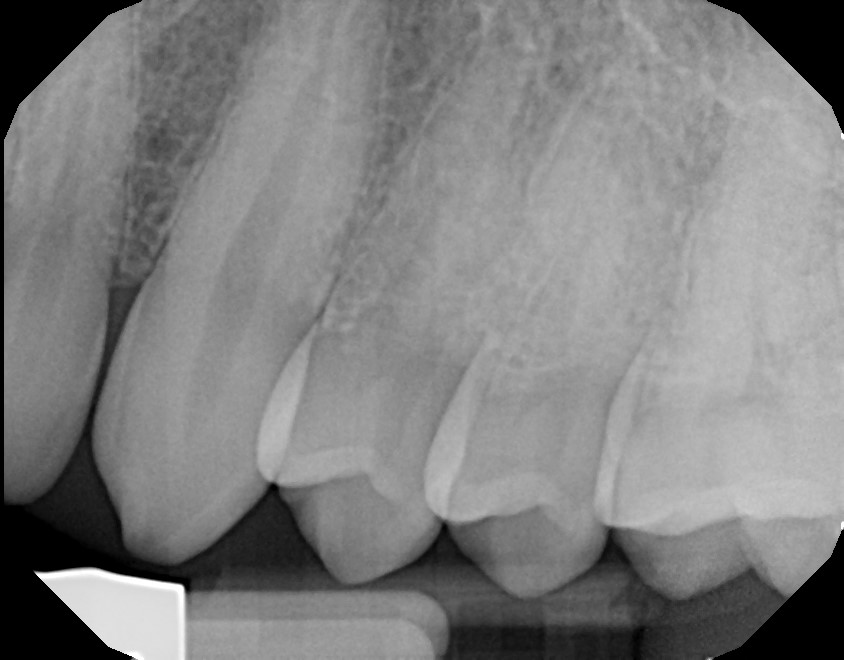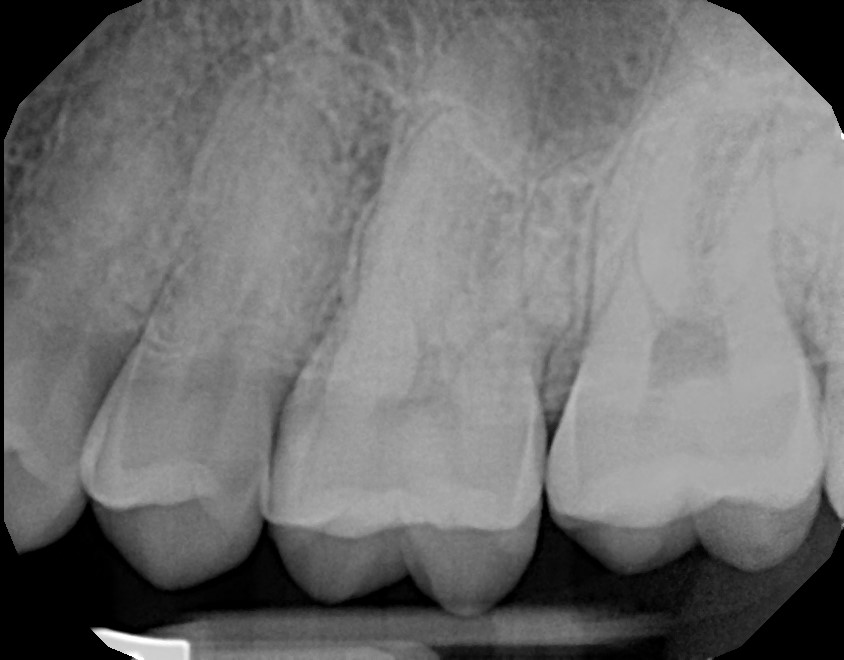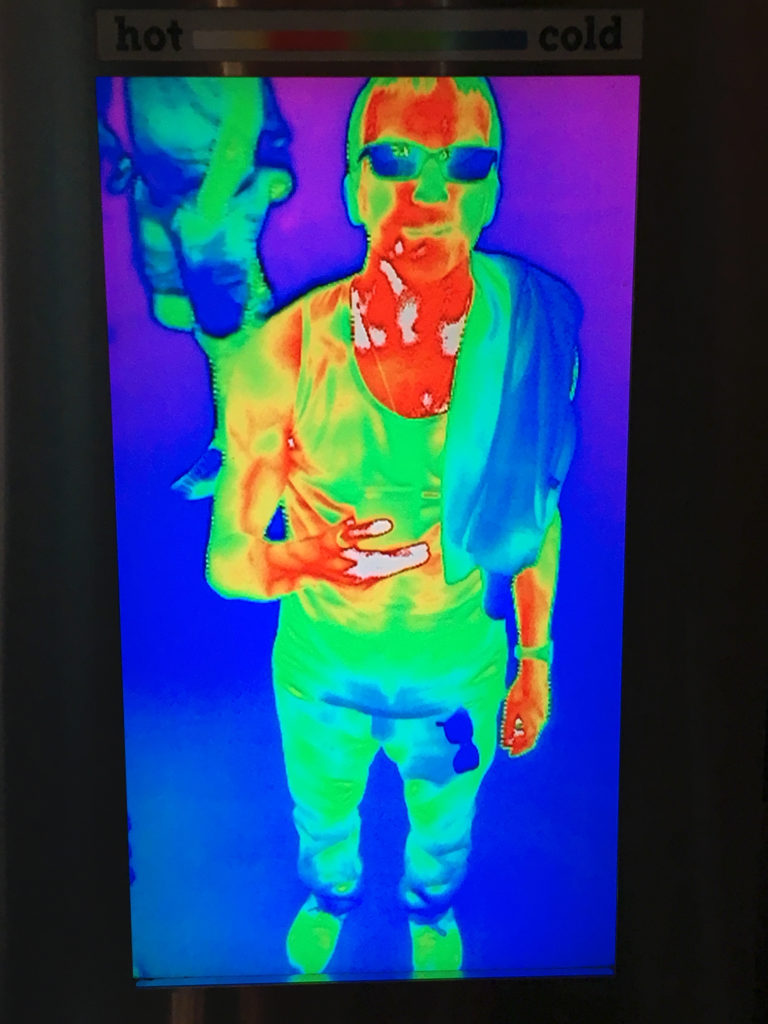X-Rays
You probably didn’t realize this was even a thing, but I’m a professional bone model.
Welcome to my skeletal portfolio, organized by body location. There’s no need for vivisection, so come take a look at my x-ray collection! I’ve even turned the lights off for this page. Be introspective with me–take a look inside.
This page is not for children–this material is X-rayted.
Chest & Abdomen
2025: Front & Side Views
I had chest x-rays taken on July 18th, 2025. Since I got to take the software home too, I get to play with the contrast and other settings, and I couldn’t decide which I liked better for the front view, so I’m showing you both a high contrast and a low contrast of the same front view. The low contrast shows the bones better, while the high contrast shows nerves better. (The difference was negligible for the side view.)
2025: Software View
Always amazing how many different types of software there are for viewing the same types of images. Here are some screens and menus that came with this set of x-rays.
2015: Front View
I had front and side x-rays of my chest and abdomen taken in the autumn of 2015. First October, then November.
Let’s see them side-by-side for comparison. (Easier on desktop.)
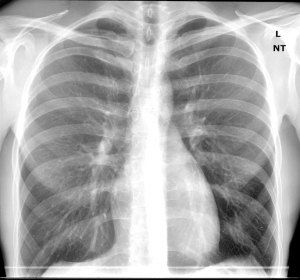
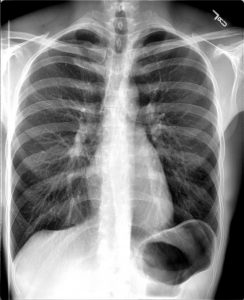
2015: Side View Facing Right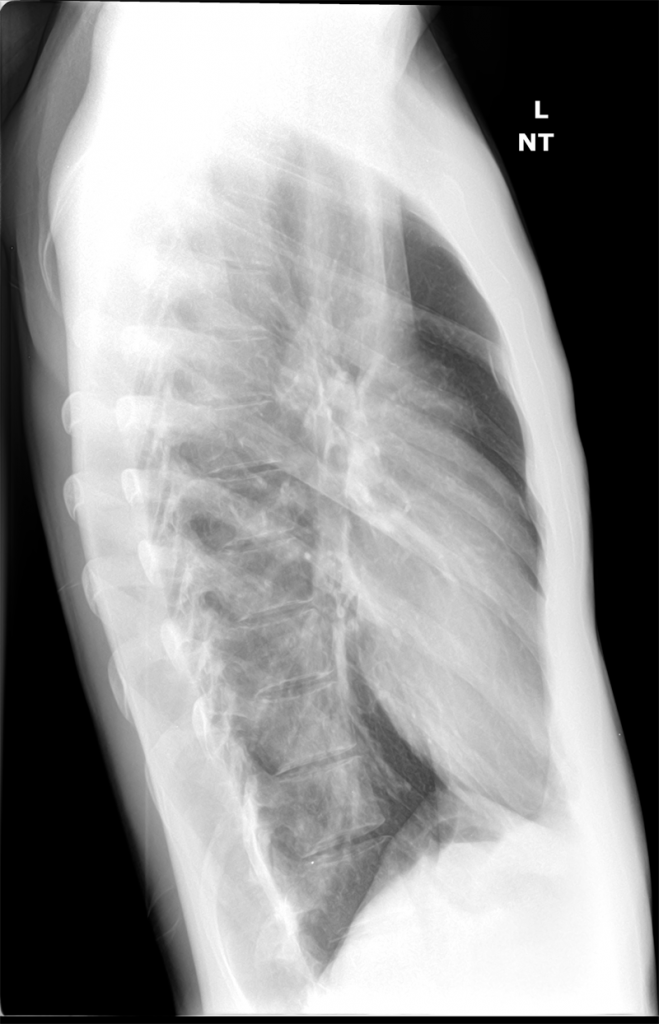
Side-by-side again:

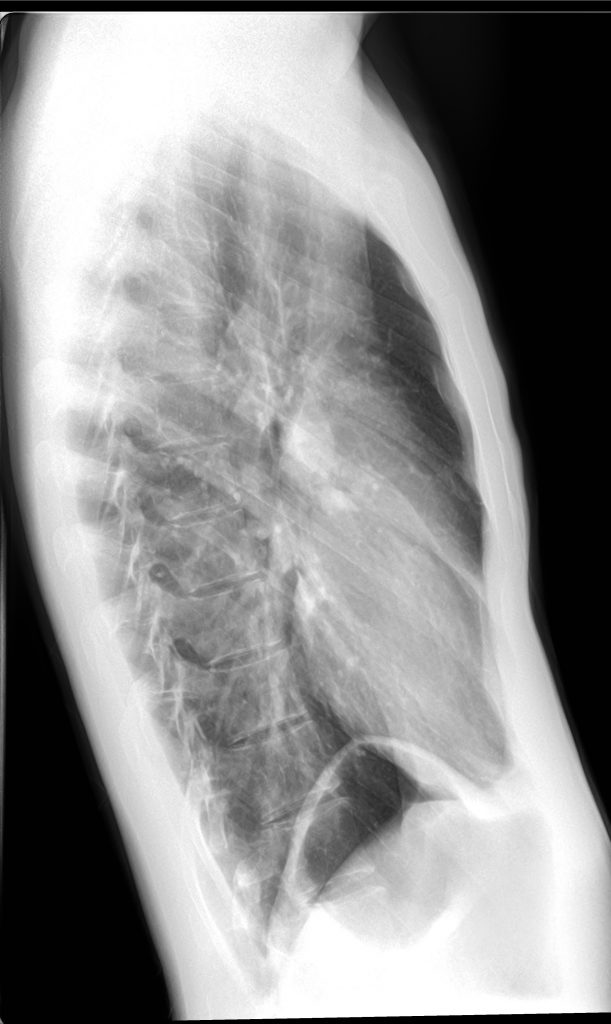
2015: Software View
It’s always a bonus for me when the doctors give me the full x-ray viewing software. Here’s how this hospital views x-rays digitally.
Right Foot: 2022 July
In July of 2022, I broke my right foot. I stepped over a curb wrong, twisted it, and when my weight went down on it, I’m lucky that the muscle didn’t break–instead, it was strong enough to pull one of my bones so hard it cracked it instead.
Kaiser Permanente’s service was terrible, as usual, and I was actually turned away from one urgent care facility completely before resorting to an emergency room just to get a doctor to look at it at all, although the first doc I got gave me completely wrong advice that actually hindered my recovery. Thanks, American healthcare.
On the positive side, I got x-rays taken of my right foot from three different angles–the only useful thing Kaiser managed to do.
Their records department finally sent me the full disc of viewing software, too, and this is where things really got good. The software is called Gear View, and is part of the PACSgear medical imaging suite from Hyland.
This software was fantastic. It let me see each x-ray in 7 different view modes, with different settings for brightness, contrast, color, and more. These different view modes are great for examining bones!
For each angle of my foot, I’ll show you the “reset” view (the default), the “auto” view (lower contrast), the “hot metal” view (molten orange–like I’m a fire elemental), three different “rainbow” modes (rainbow default, rainbow16, and rainbow65, whatever that means), and finally the “Bronson” mode. I have no idea what Bronson means.
Oblique Angle
Black and White “Reset” Default View:
“Auto” View & “Hot Metal” View:
“Rainbow” View & “Rainbow16” View:
“Rainbow65” View & “Bronson” View:
From Above
“Reset” Default View:
“Auto” View & “Hot Metal” View:
“Rainbow” View & “Rainbow16” View:
“Rainbow65” View & “Bronson” View:
Side Lateral View
“Reset” Default View:
“Auto” View & “Hot Metal” View:
“Rainbow” View & “Rainbow16” View:
“Rainbow65” View & “Bronson” View:
I also discovered I could apply a lower contrast mode onto any of these other modes. I didn’t feel like going back and getting double screenshots for everything, but it was pretty neat. Here’s a low contrast “Auto” mode of the “Rainbow” side lateral view:
Gear View Software
The icon for the software is so freaking cute. I love this! It would have been so easy for a lazy programmer to just leave it as the default executable image, but no, someone designed this. And I appreciate it so much.
Here’s getting in to the program. You can imagine a doctor would have tons of patients with tons of x-rays all down this screen.
Then we can select which x-ray angle we want to drill down into.
This is the full view of a specific x-ray in a specific view. It has a little more information around it. Also, note that point A on the image is where my bone breakage occurred.
Then we can do all kinds of things to help us view the image. Here’s the menu that specifically shows me all those different view modes from above, and how I know what they’re called.
My favorite other tool lets us draw a line between two points across the x-ray, and it gives us a precise measurement! I can imagine that this would be extremely helpful for doctors and nurses. I wonder how the software matches the reference scale to the range of depth of the image that’s in focus?
You can again see where my bone was pulled apart and separated by about 3mm, too. That’s the distance of the gap. Very cool (but ouch).
I really appreciate Hyland and the Gear View software, and I hope that when I break all the rest of my bones in the future I get the same level of convenience for viewing them.
Teeth
Many people think that dental x-rays aren’t as exciting as those of other body parts. I don’t think that could be further from the tooth.
Who knows? If I ever go missing and a disfigured body is found, these could help identify me.
2025 August: Implant Screw
After some strange-feeling yet painless surgery by Vatan Dental Group, I was left with this screw-like thing in my gum, which has to heal for a few months before I get the full implant. I got a neat x-ray for my trouble, and I’ll include what it looks like in real life vision too:
I am now part man, part metal… already, I feel cold, distant from humanity, the first titanium replacement of (presumably) many as I begin my transition to ruthless, unfeeling machine… … oh, huh–what was I saying again?
2025 June: Skull CT Scan
I learned that the CT in “CT scan” stands for “Computed Tomography.” They did a full scan of my mouth as well as my chin, parts of my skull, and even a few vertebrae, all manipulatable in cross-section scan view and in a 3D model I can control! The always-wonderful experts at Vatan Los Angeles Family Dentistry were nice enough to give me this so I can use it at home!! One day I’ll put animations on here, but for now, enjoy these two angles:
Oh, and here’s what the CT scan viewing software looks like:
2025 February: Crown, Vatan
From Vatan Dental Group after some of the worst pain in my life drove me to find a dentist who could see me ASAP near my work. The crown had fallen off last month and then been put back, but today (2/6/25), the crown would be removed again–along with the whole rest of the tooth. What a process!
Will put pics of the crown and some tooth fragments I saved in here later too.
2024 October: Full Set
From Victoria Olshansky D.D.S. in West Hollywood, on 10/24/24 – my first x-rays with the crown that I got in January (detailed further below). Neat to see it like a little cap with those anchors snaking down into me. Otherwise, things are looking good! This one says Layout: FMX 18.
2024 January: Tooth Decay
From Victoria Olshansky D.D.S. in West Hollywood.
I went in for a toothache and found out it was due to tooth decay. Whoops. I needed a good amount of numbing and drilling after this.
I was only given the exported image as a jpeg file, but it came with this other data: “SOTA Image Export, Layout: 1PA.”
A week and a half later, I went back for the longer portion of the procedure, and got this:
Yikes!
2022 June: Full Set
From Victoria Olshansky D.D.S. in West Hollywood.
2018 October: Full Set
From Victoria Olshansky D.D.S. in West Hollywood.
2018 July: Full Set
From Smile Atelier Beverly Hills Dentist – a super-modern Sunset Strip office.
2017 January: Full Set
From a hack dentist in West Hollywood who I will refrain from crediting. Note that each image in this collection is separate.
Thermographic
Okay, this one isn’t actually an x-ray, but I think a heat-vision thermal image of my body temperature is close enough to be interesting. This is from a 2017 visit to the LA Natural History Museum.
Thank you for reviewing my portfolio. Now you can say you know me inside and out. Have your bone agent get in touch with my bone agent.

